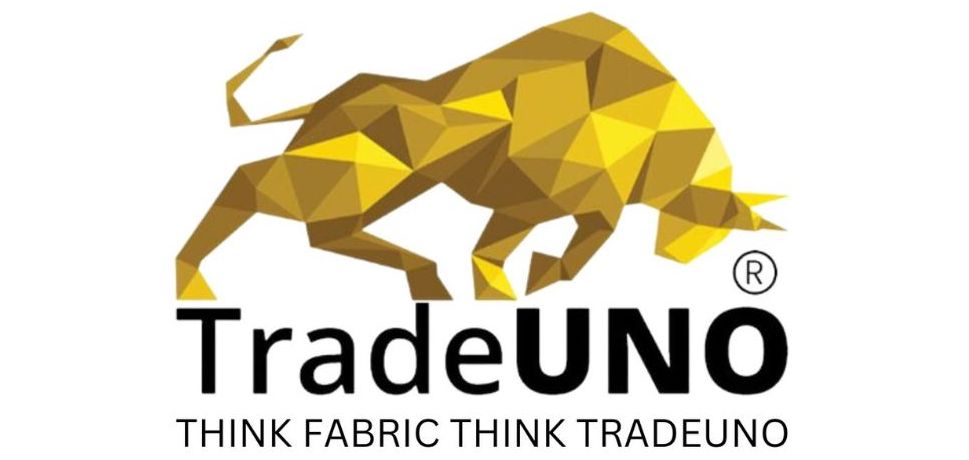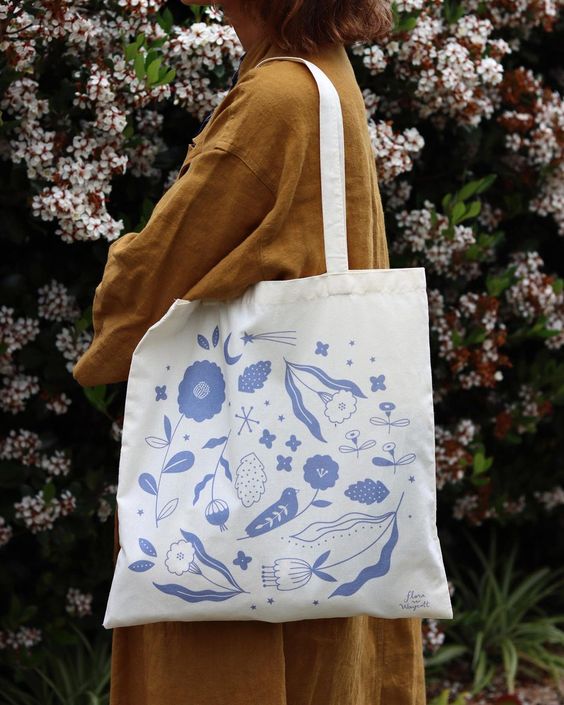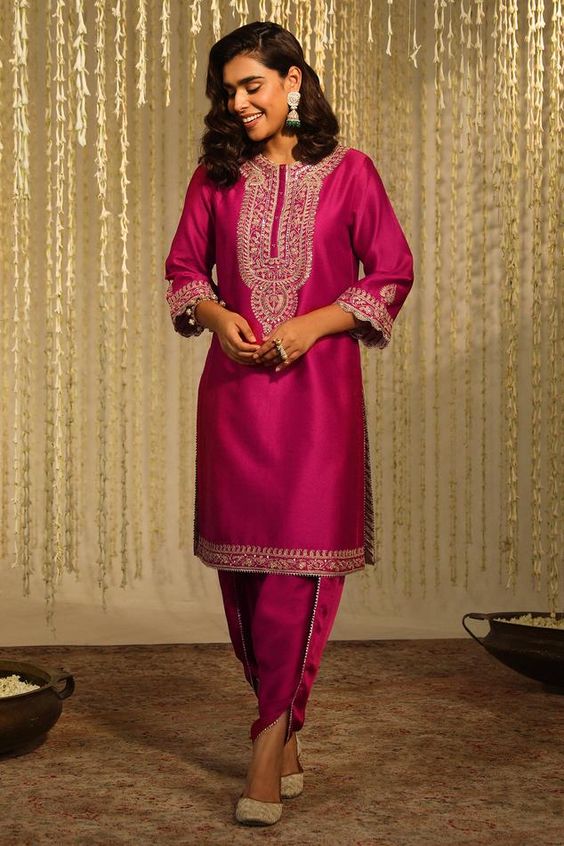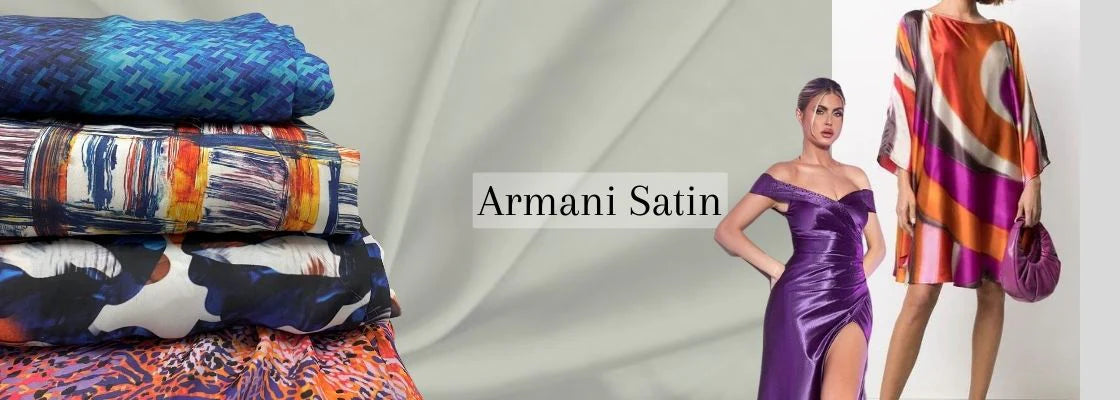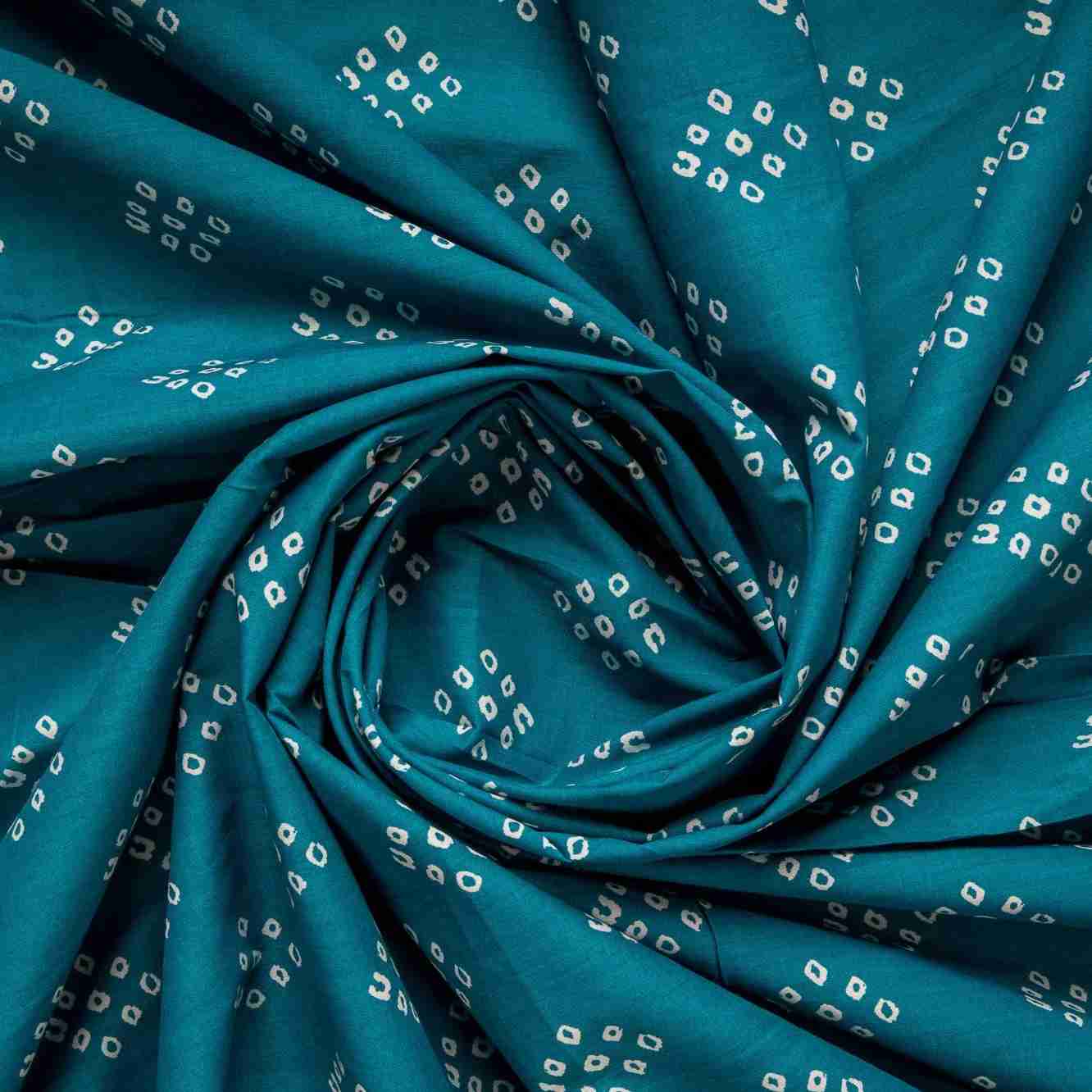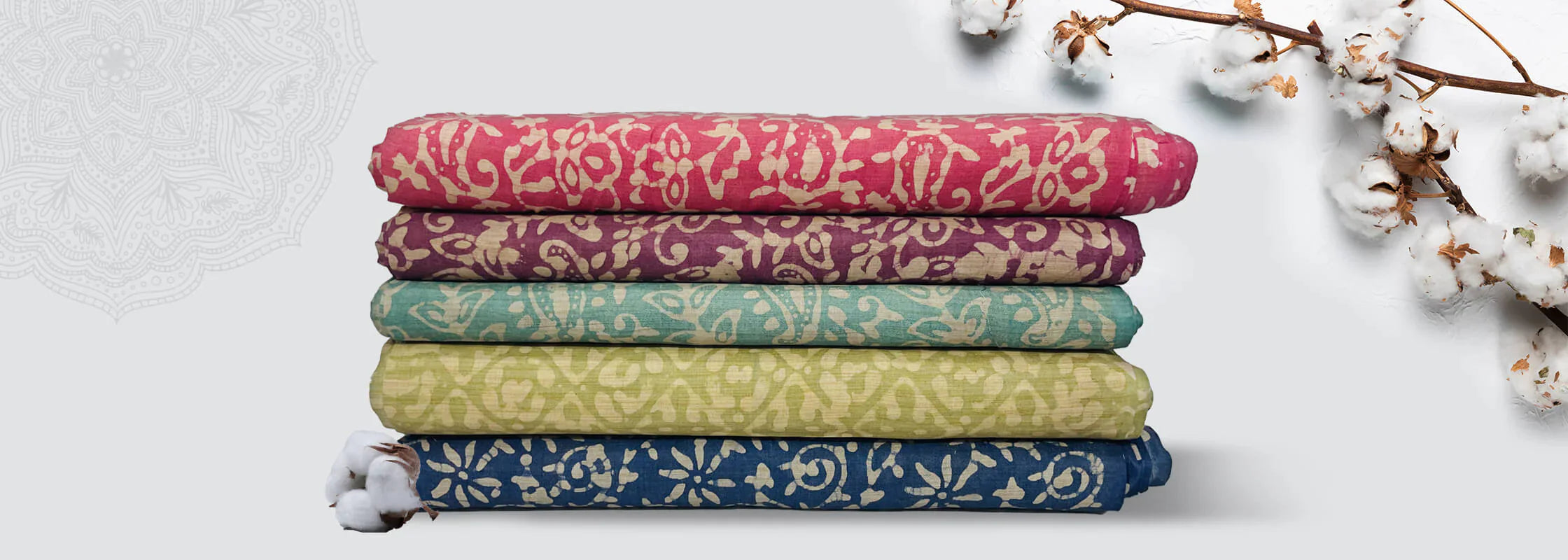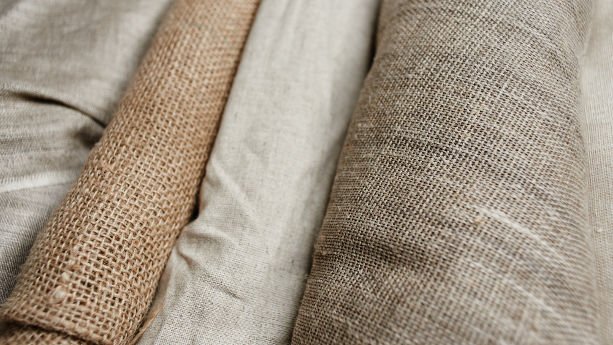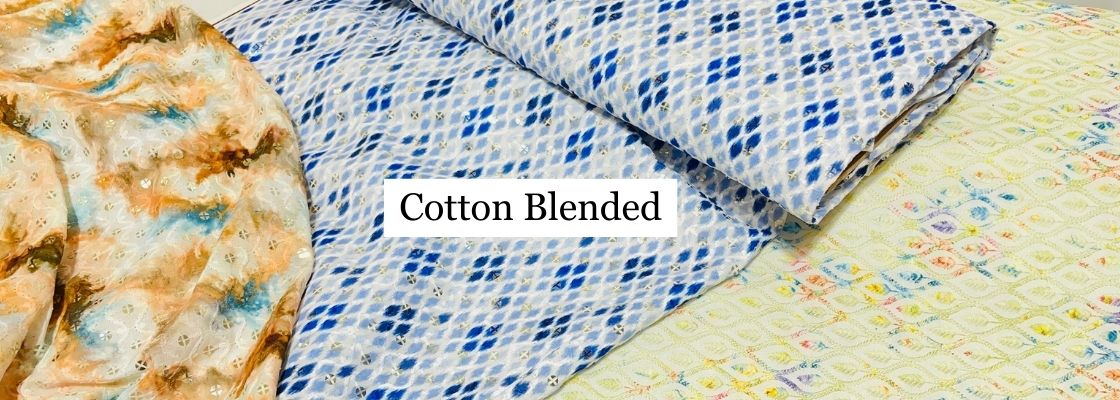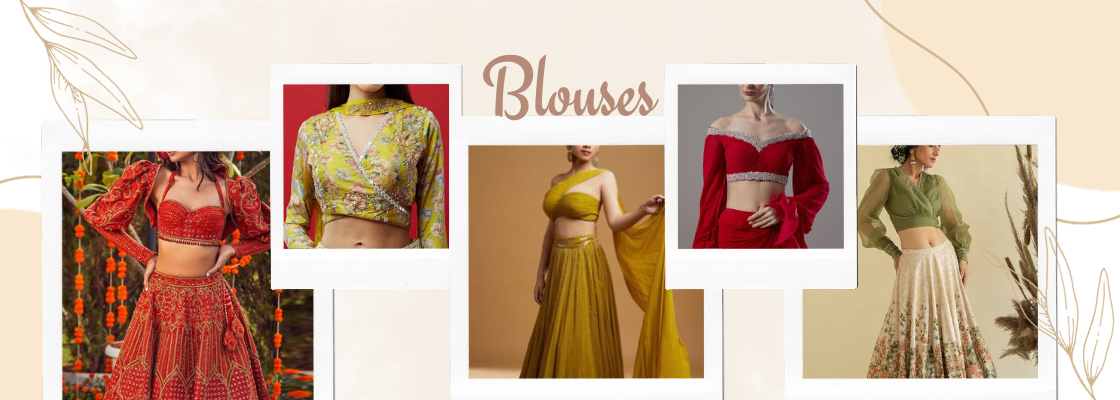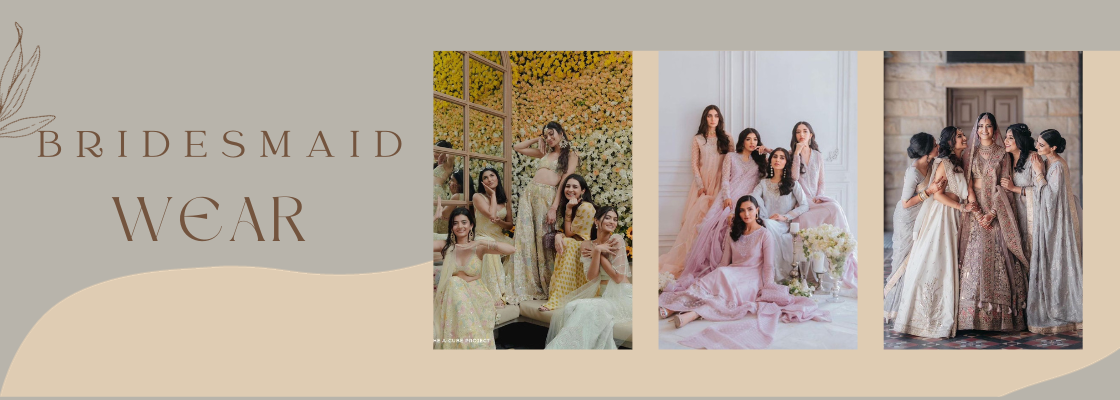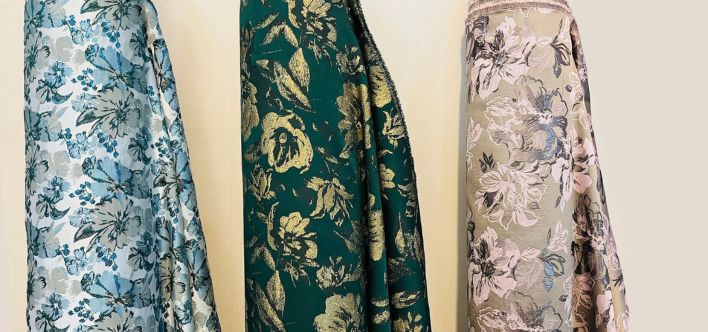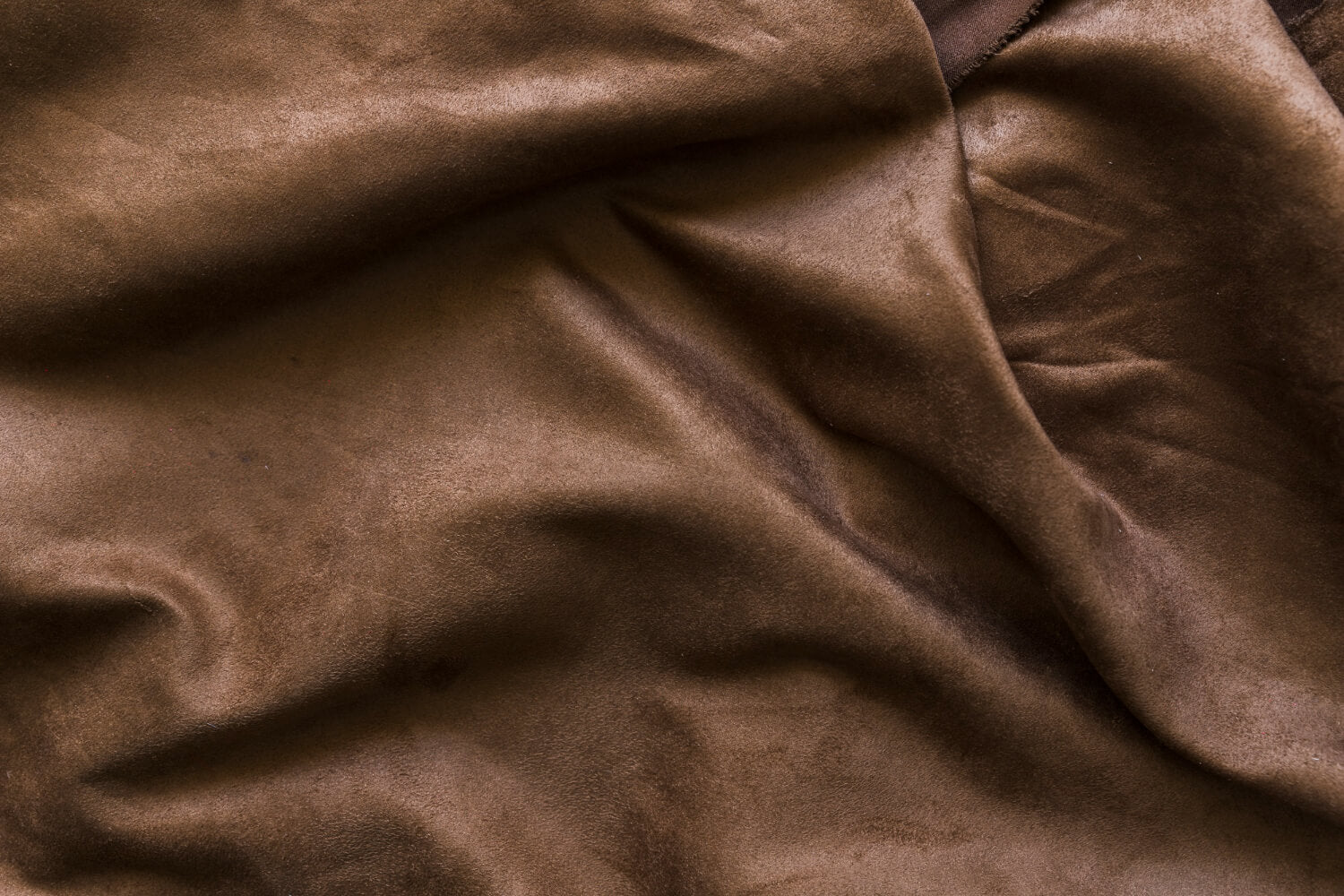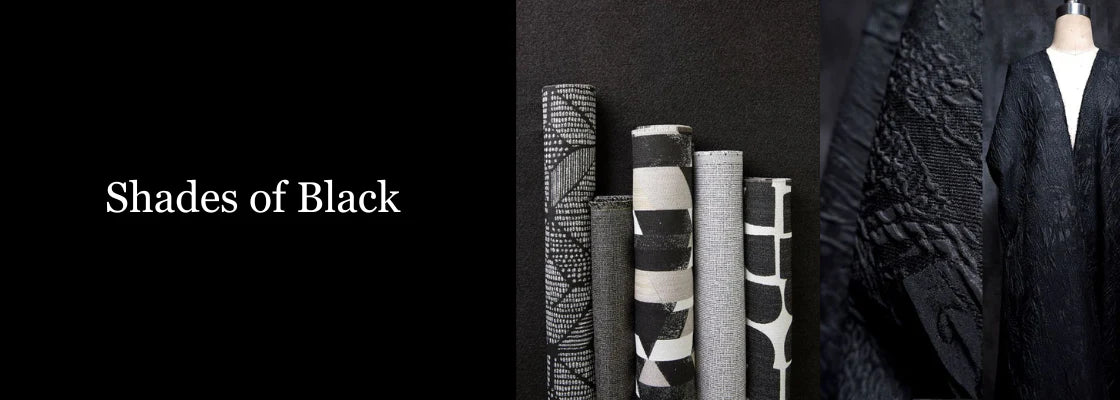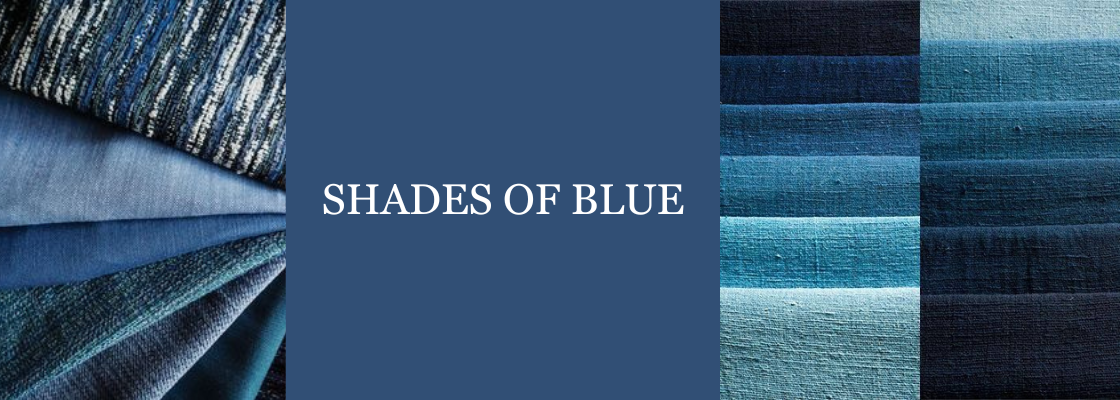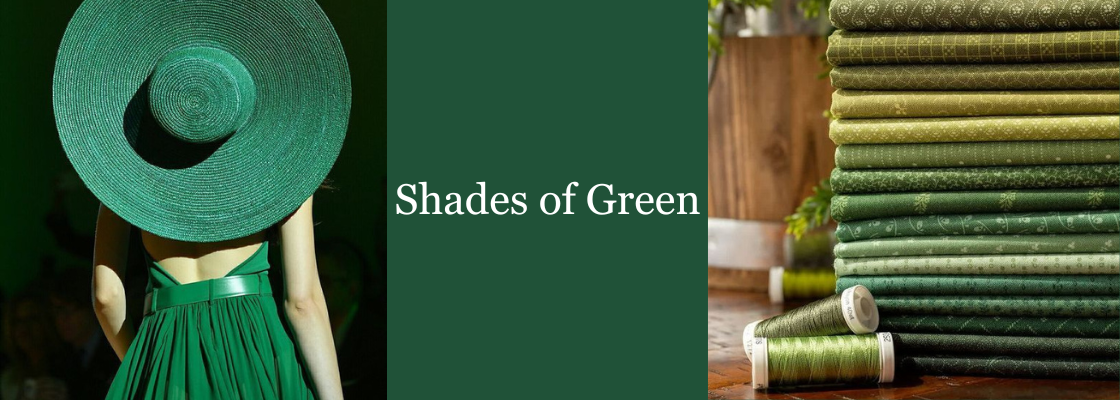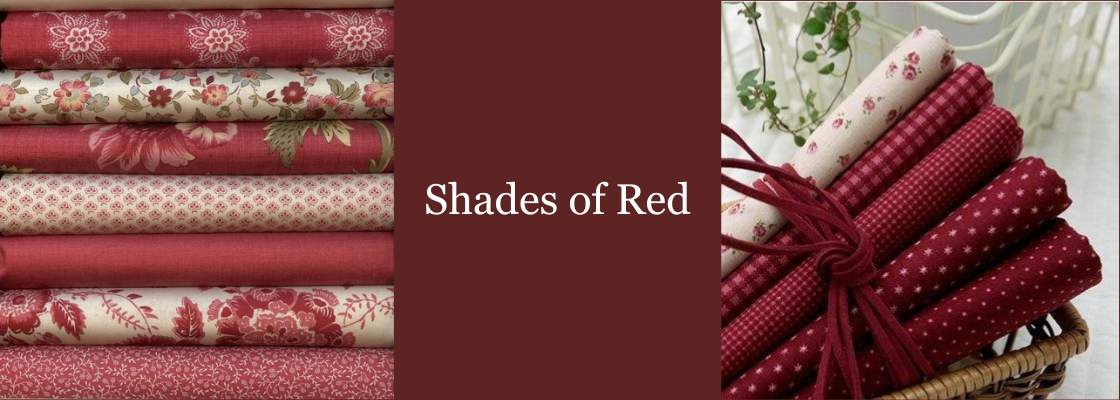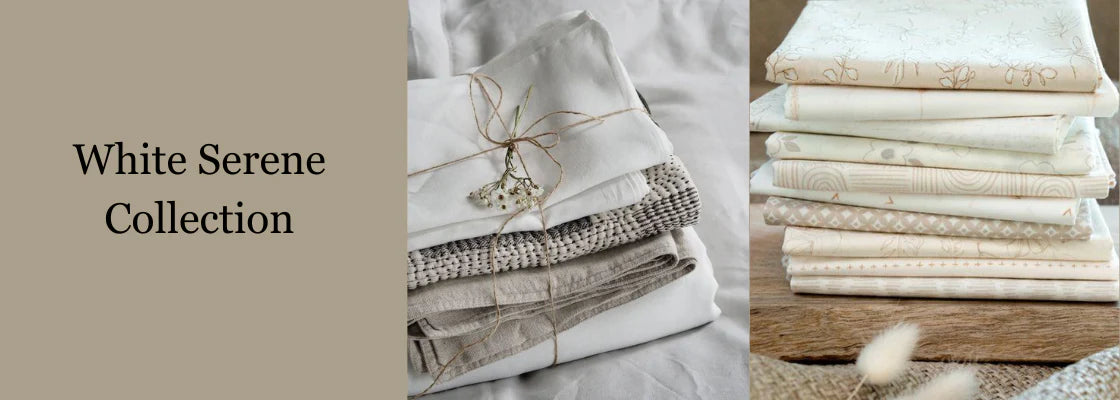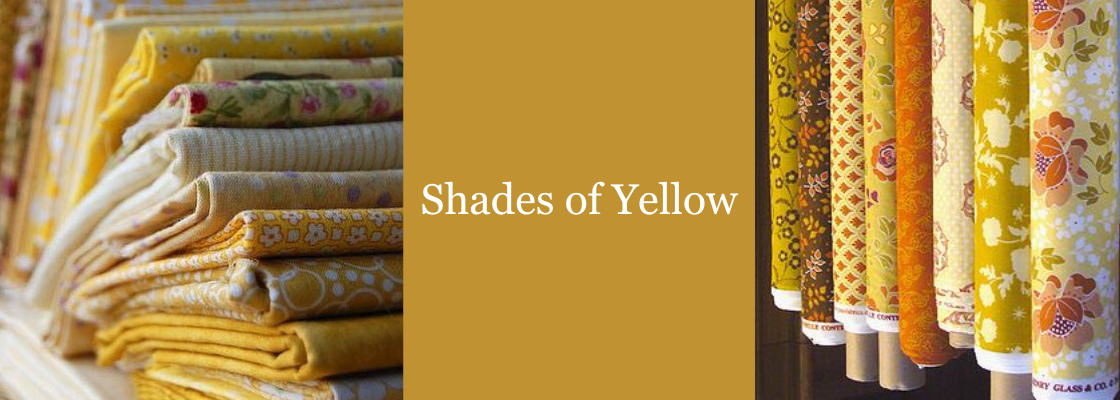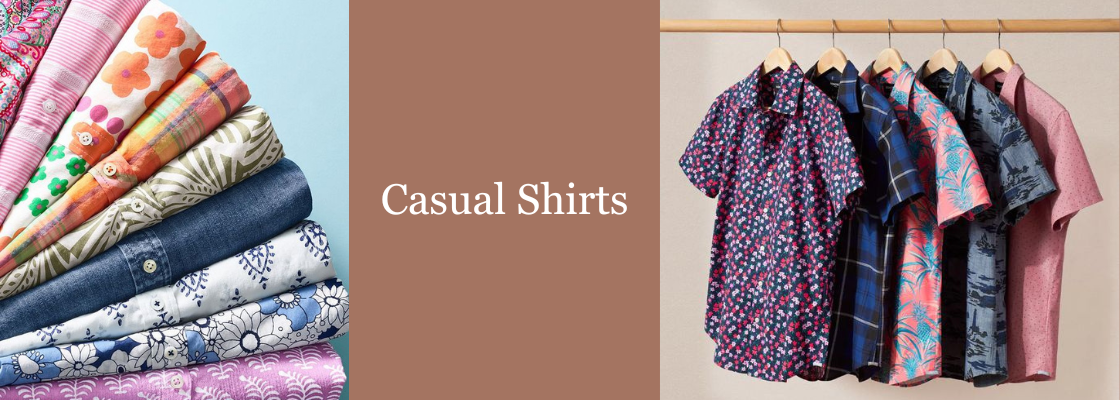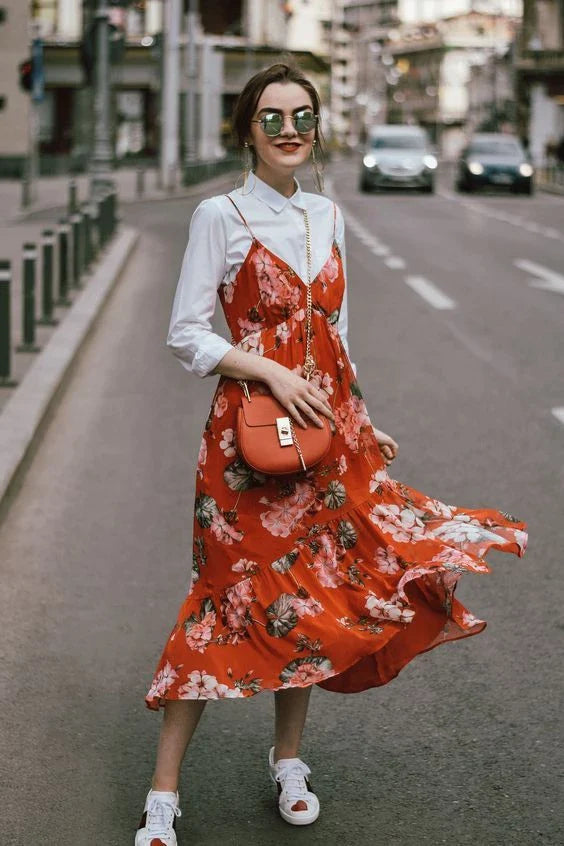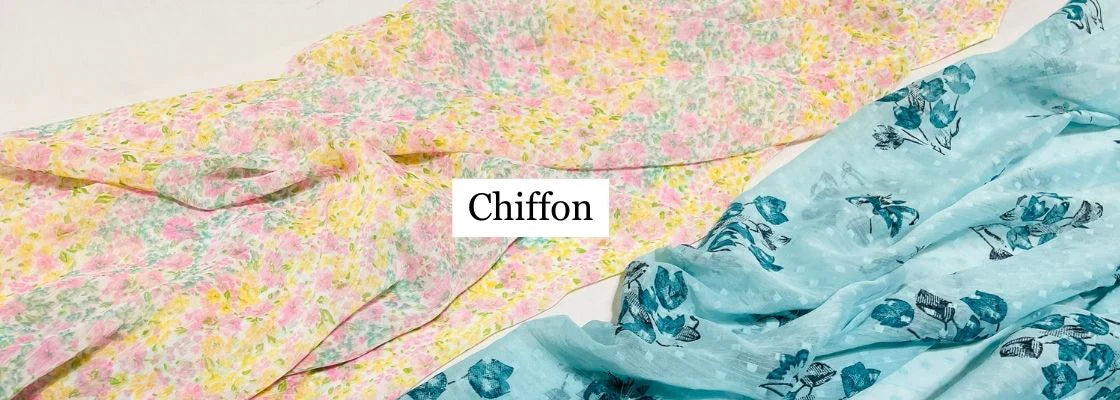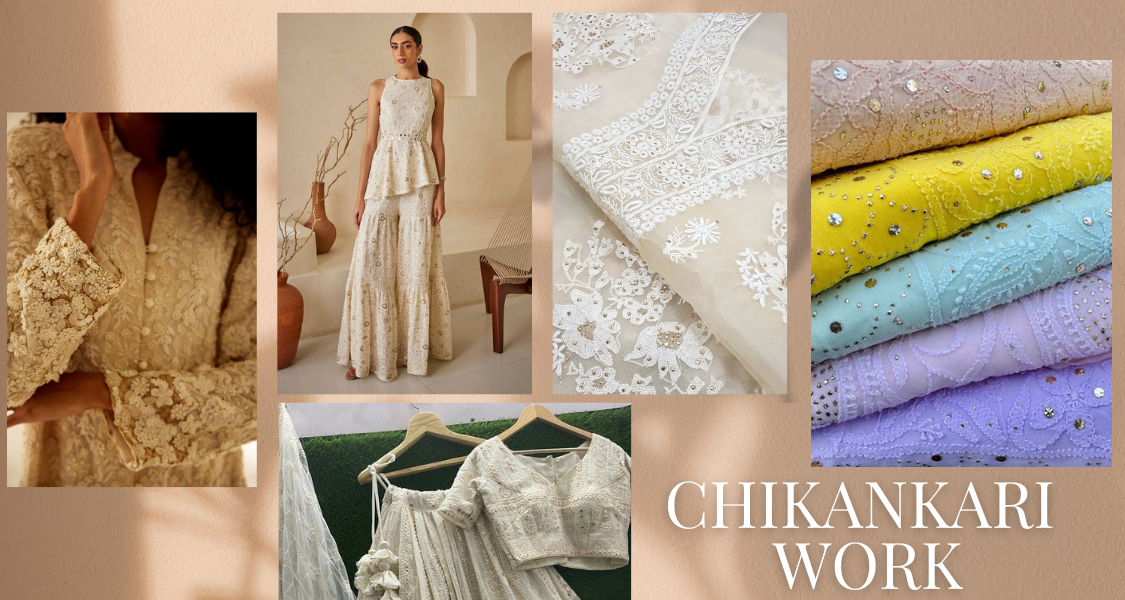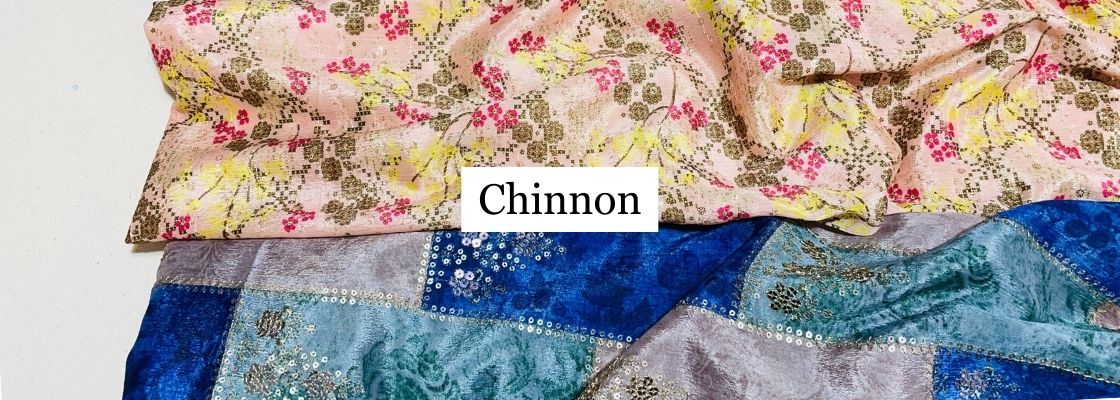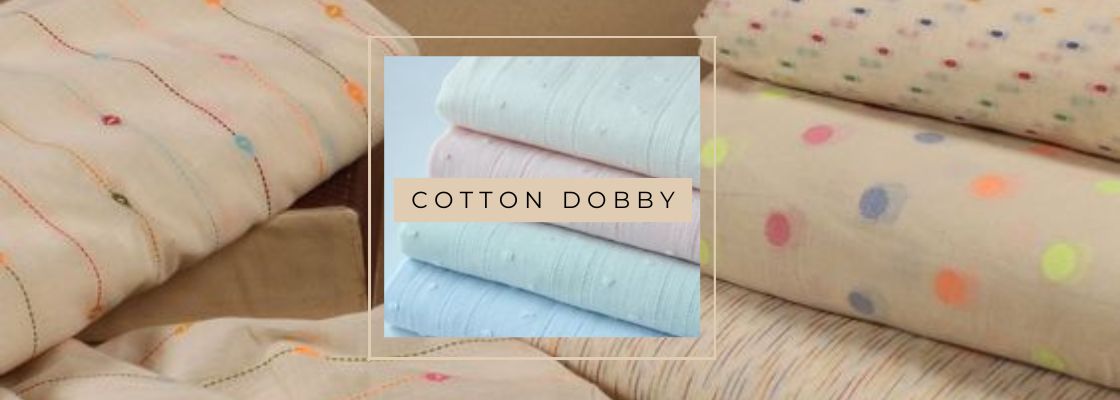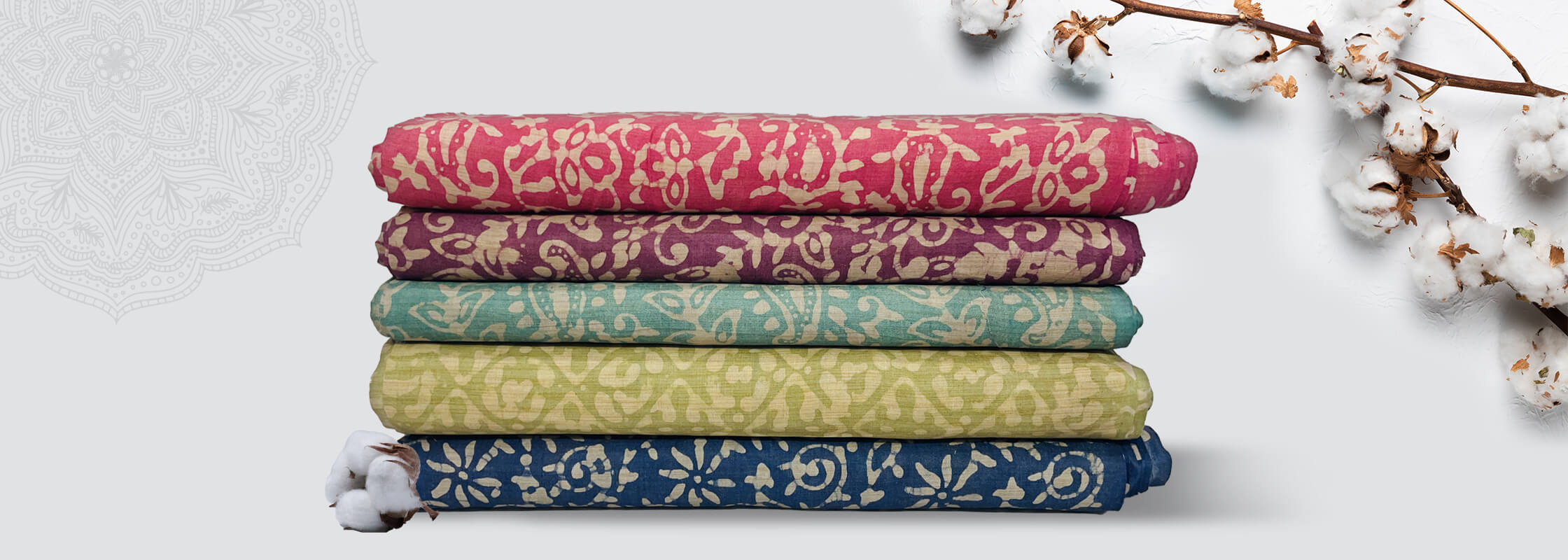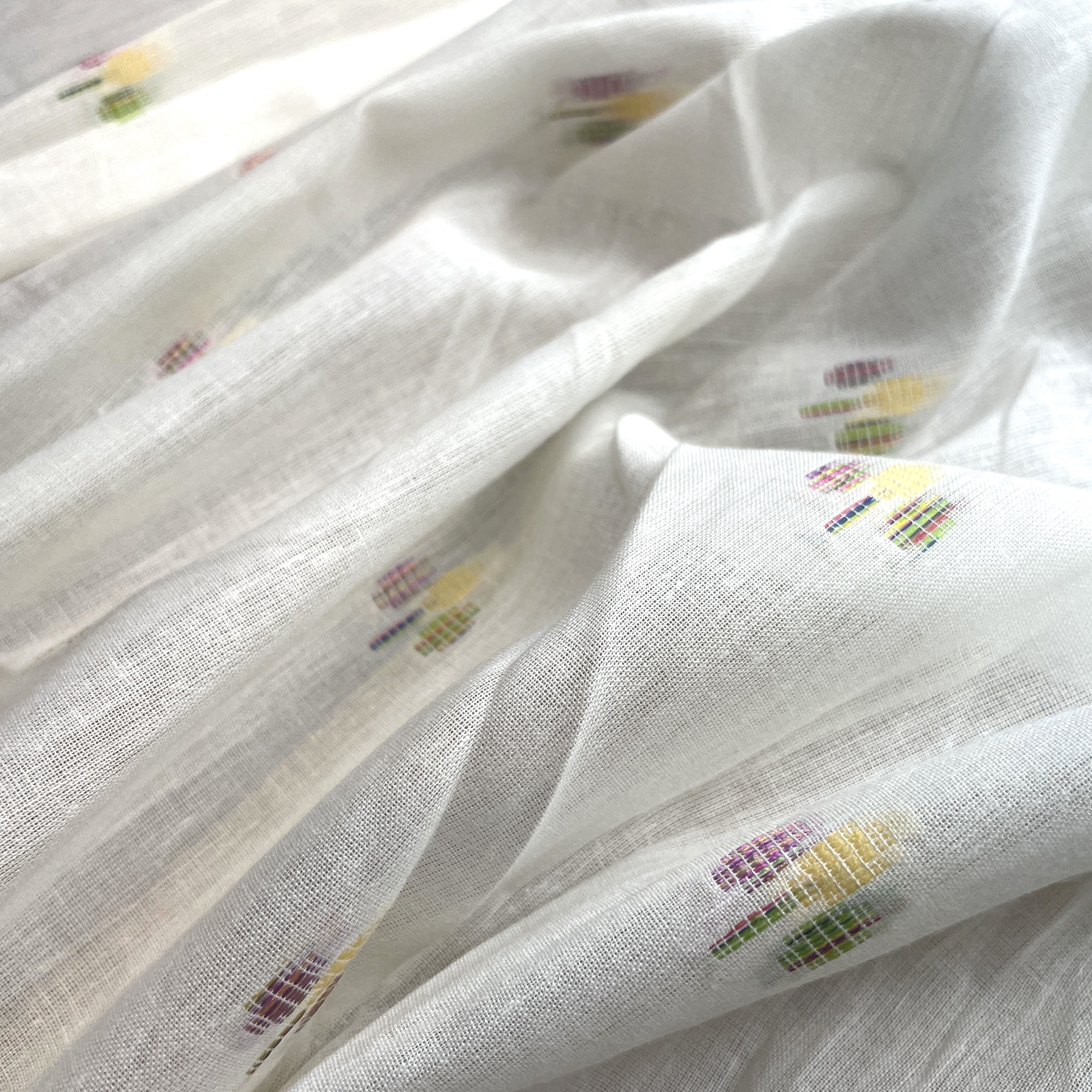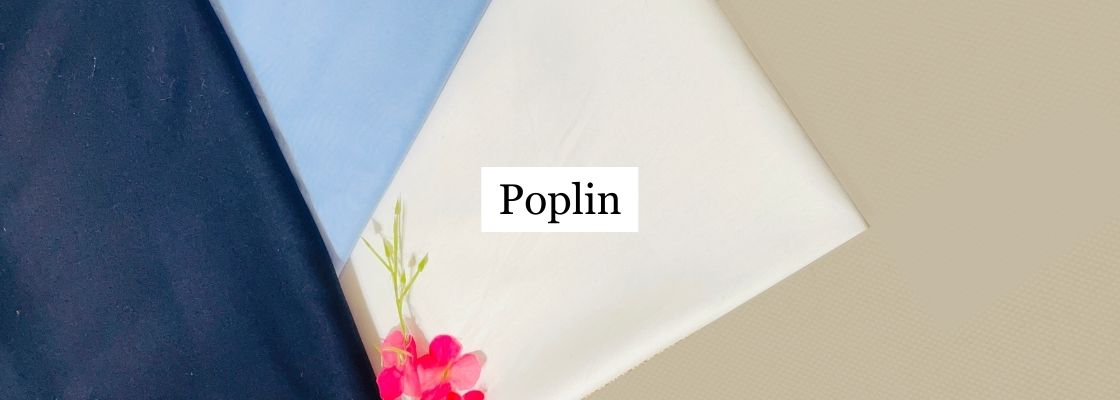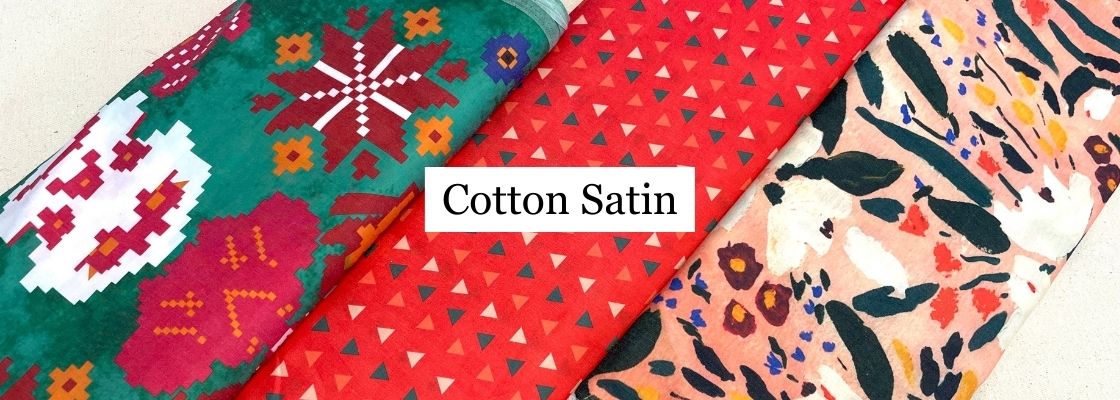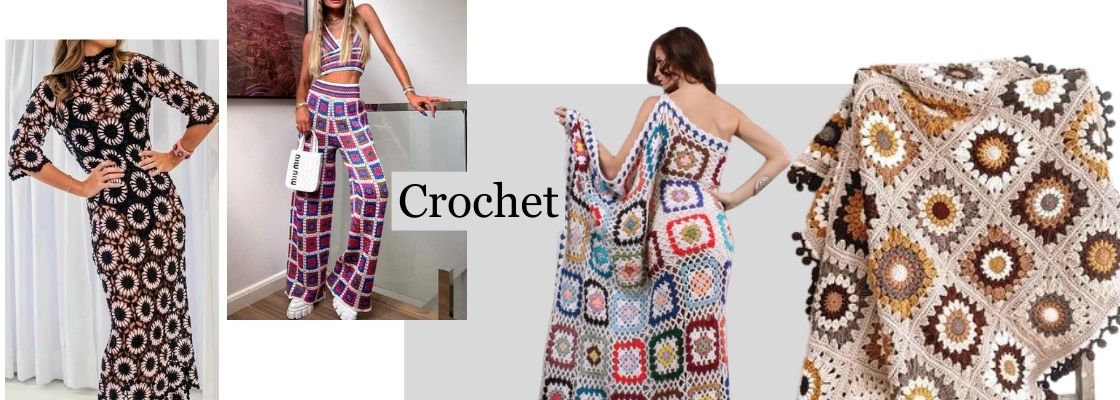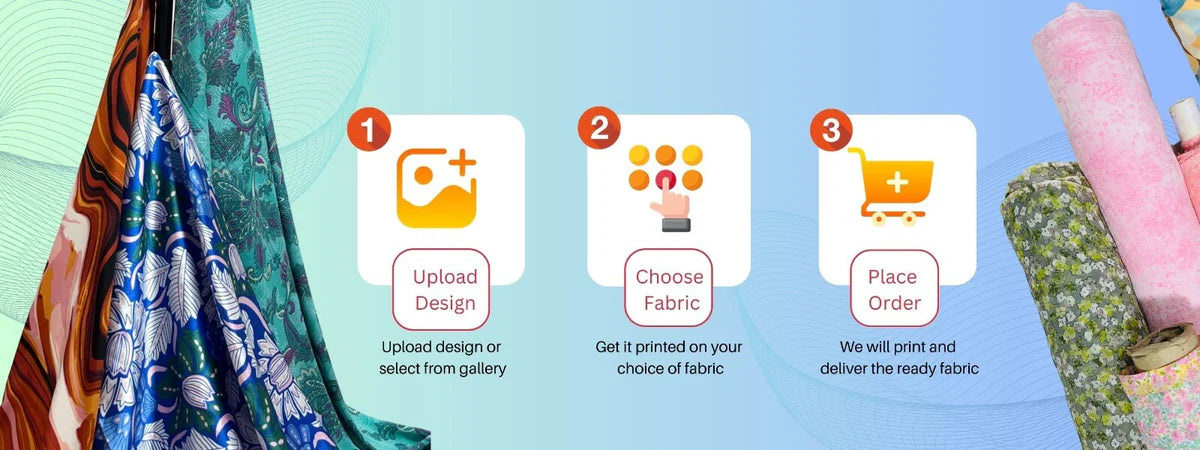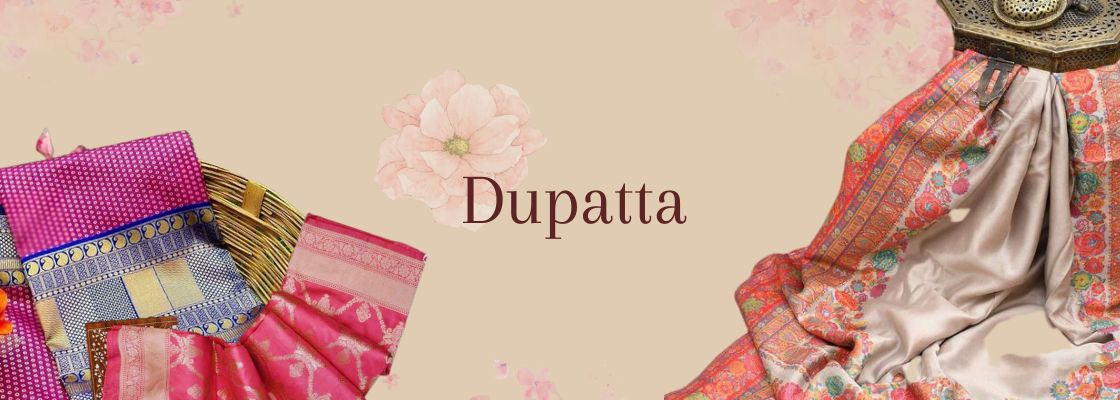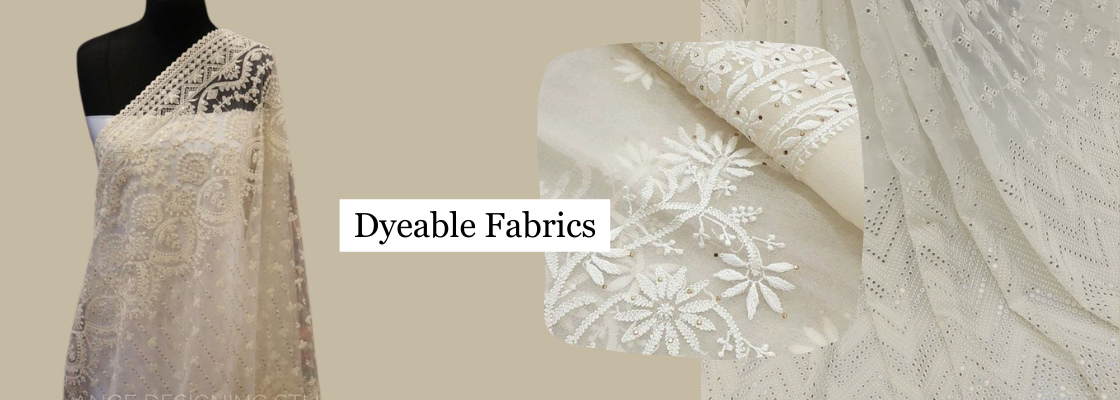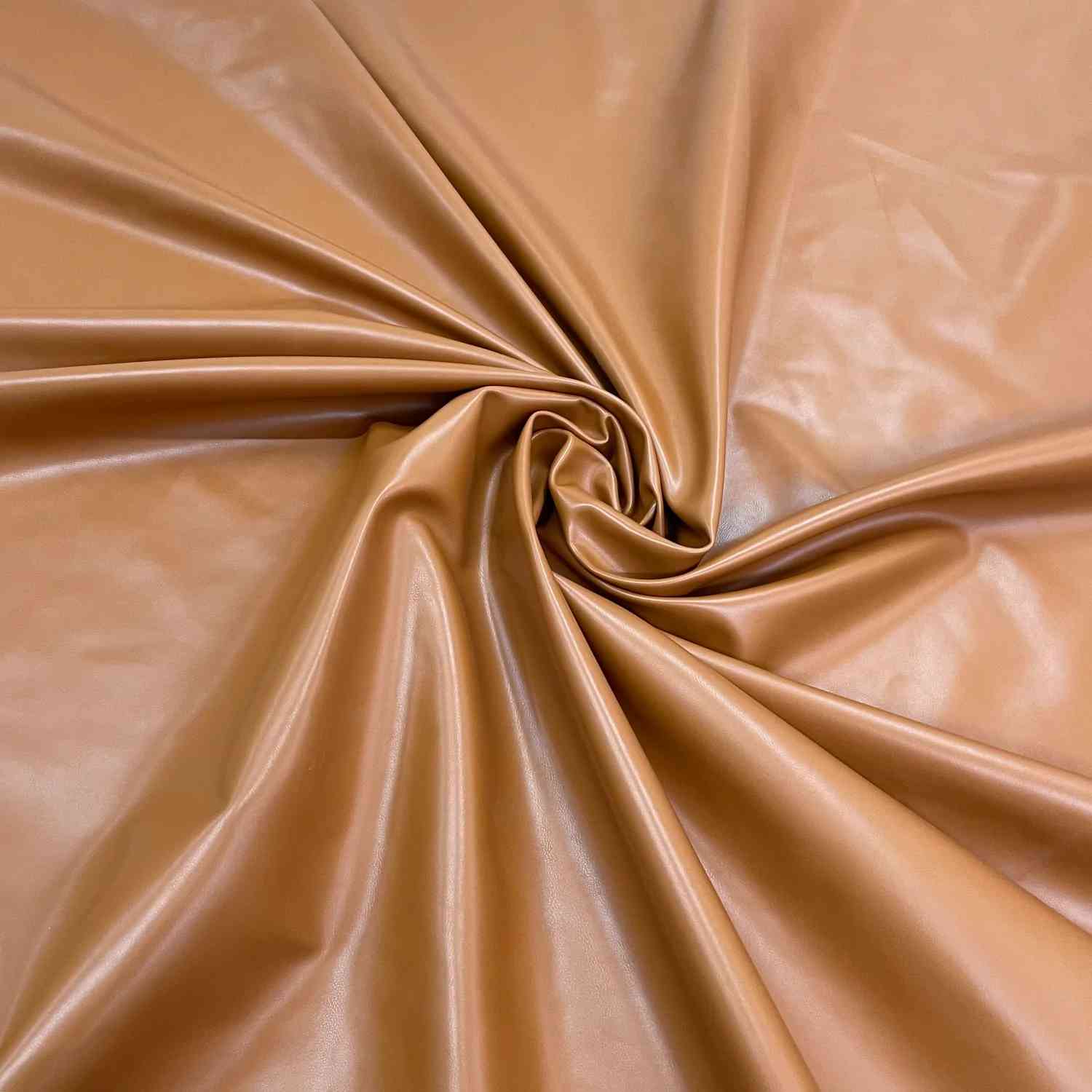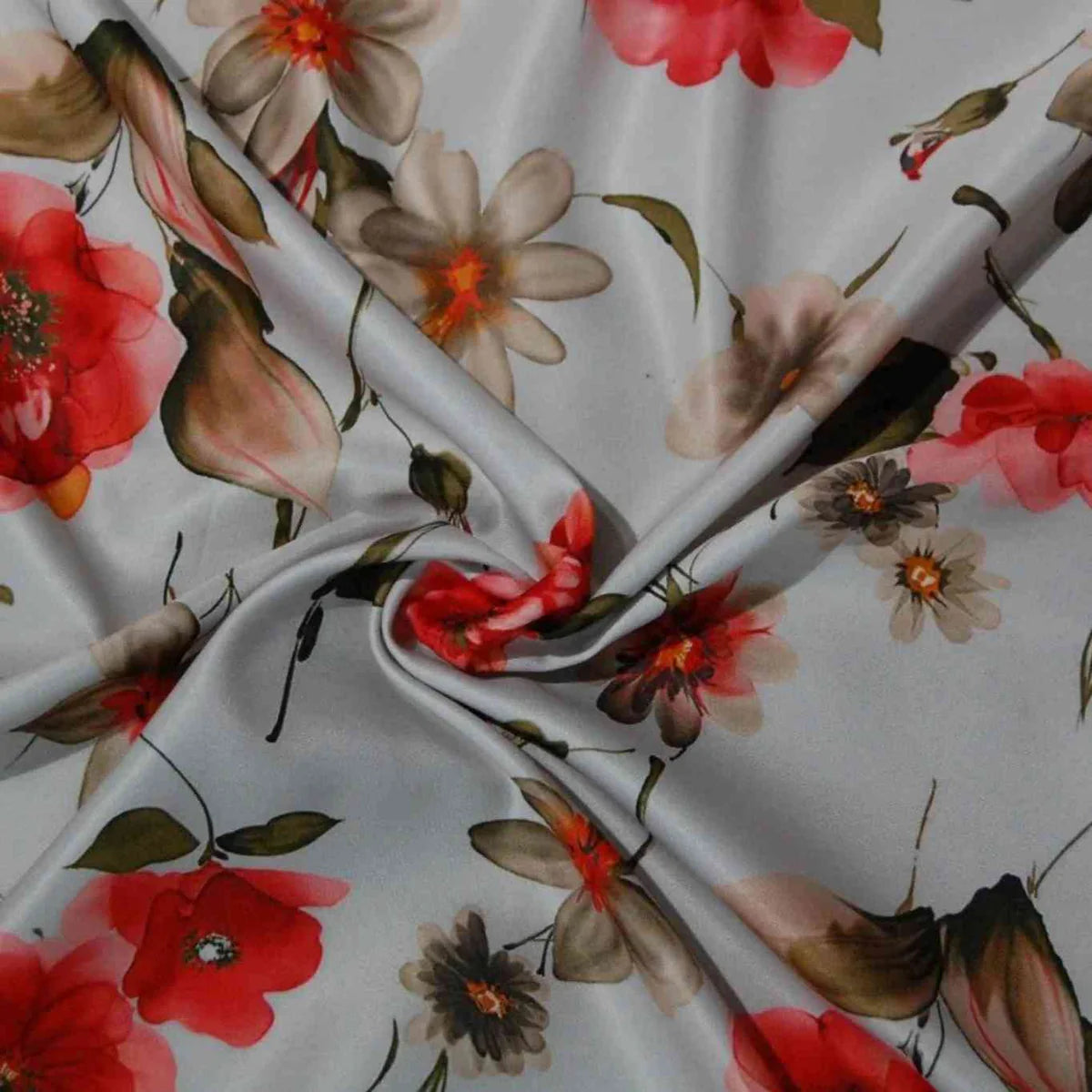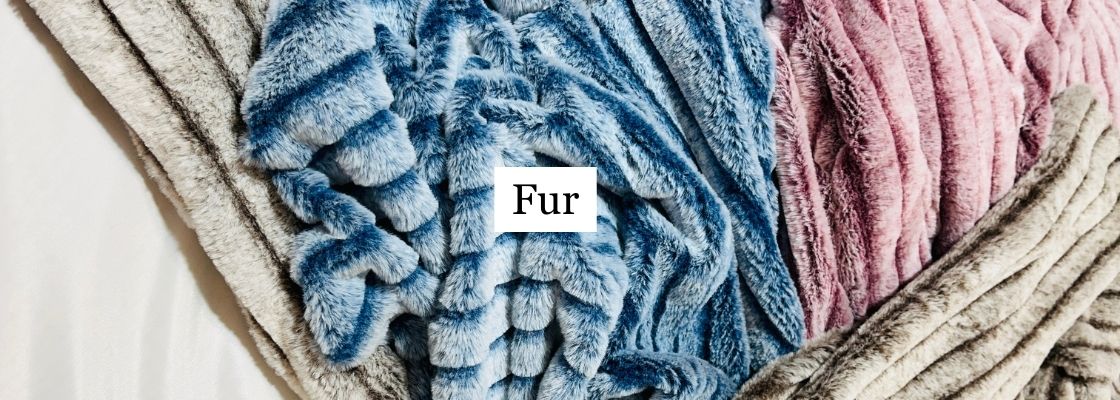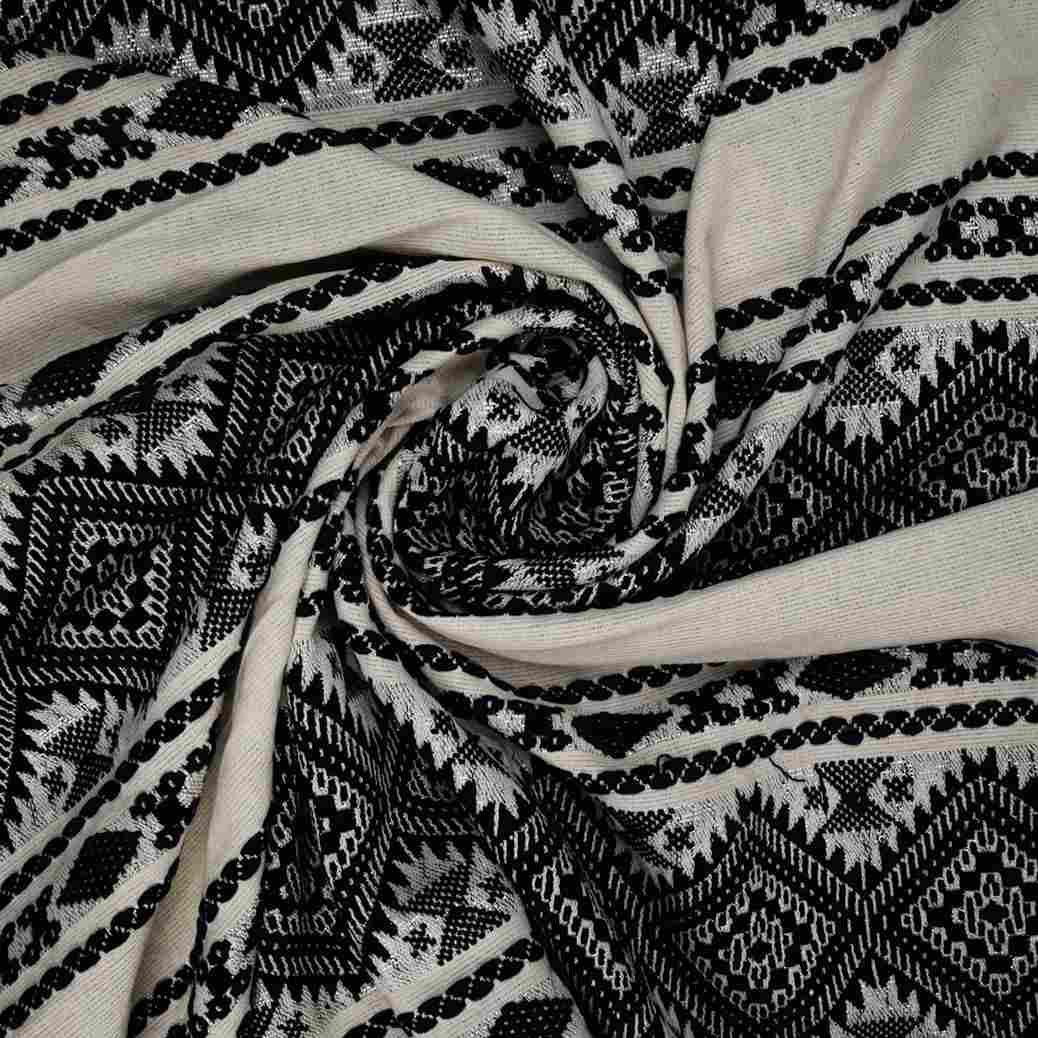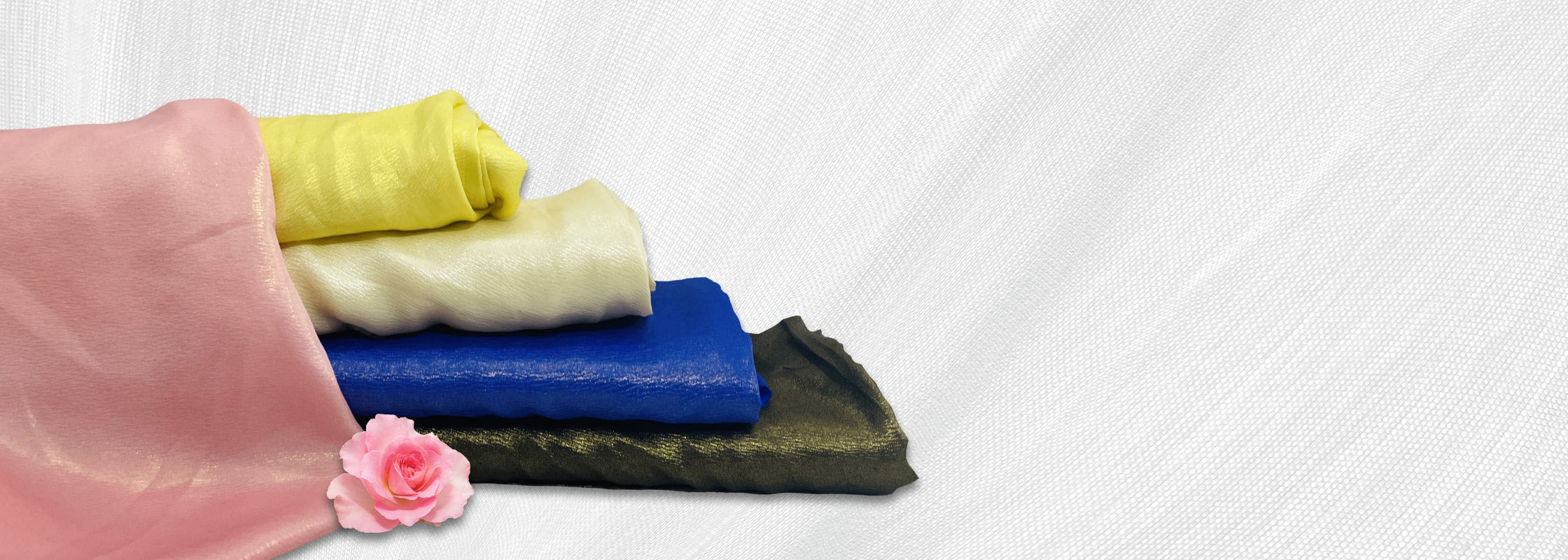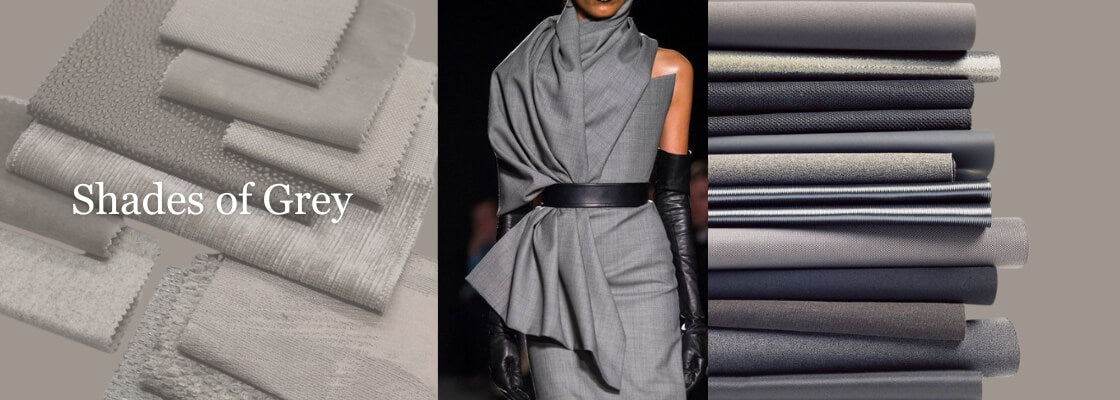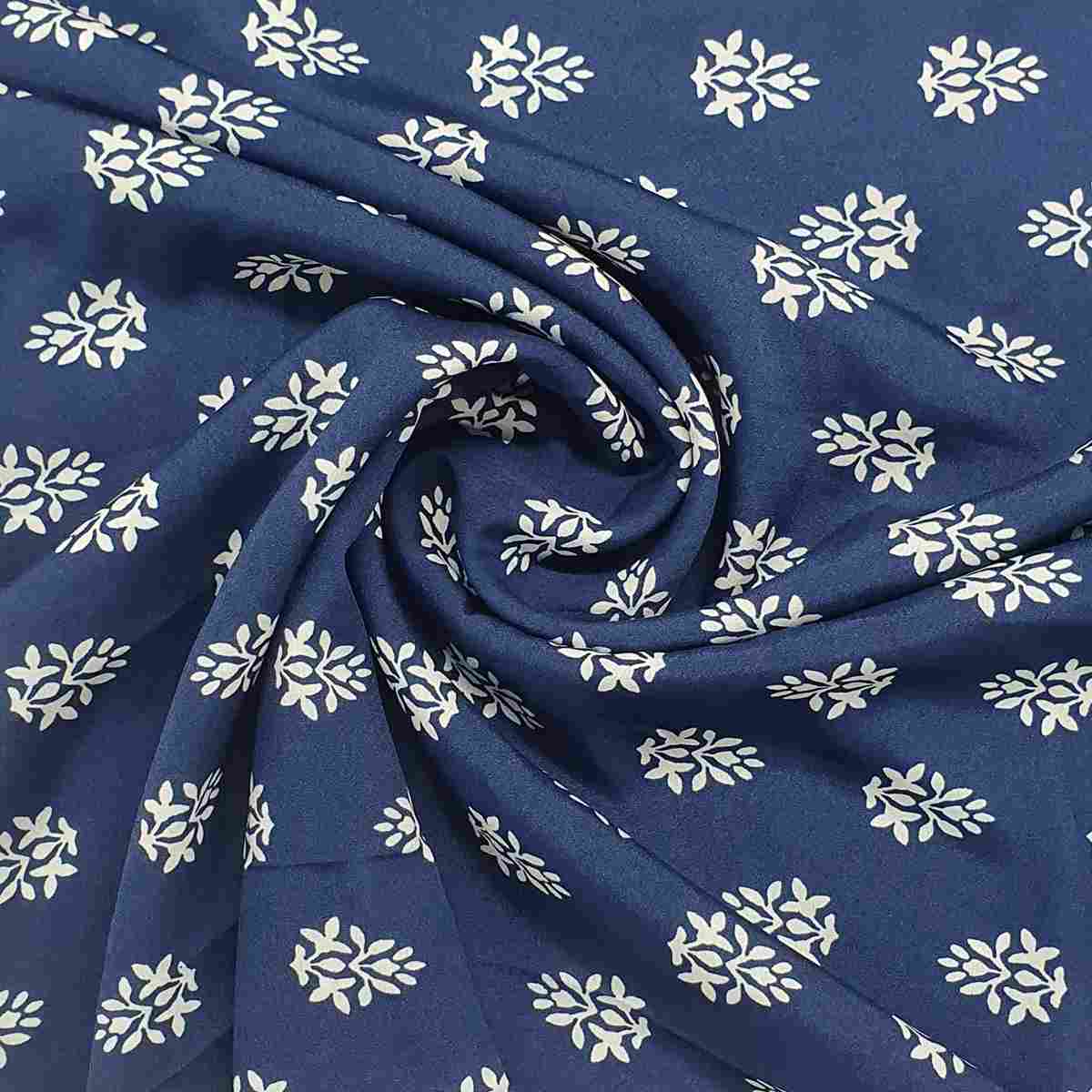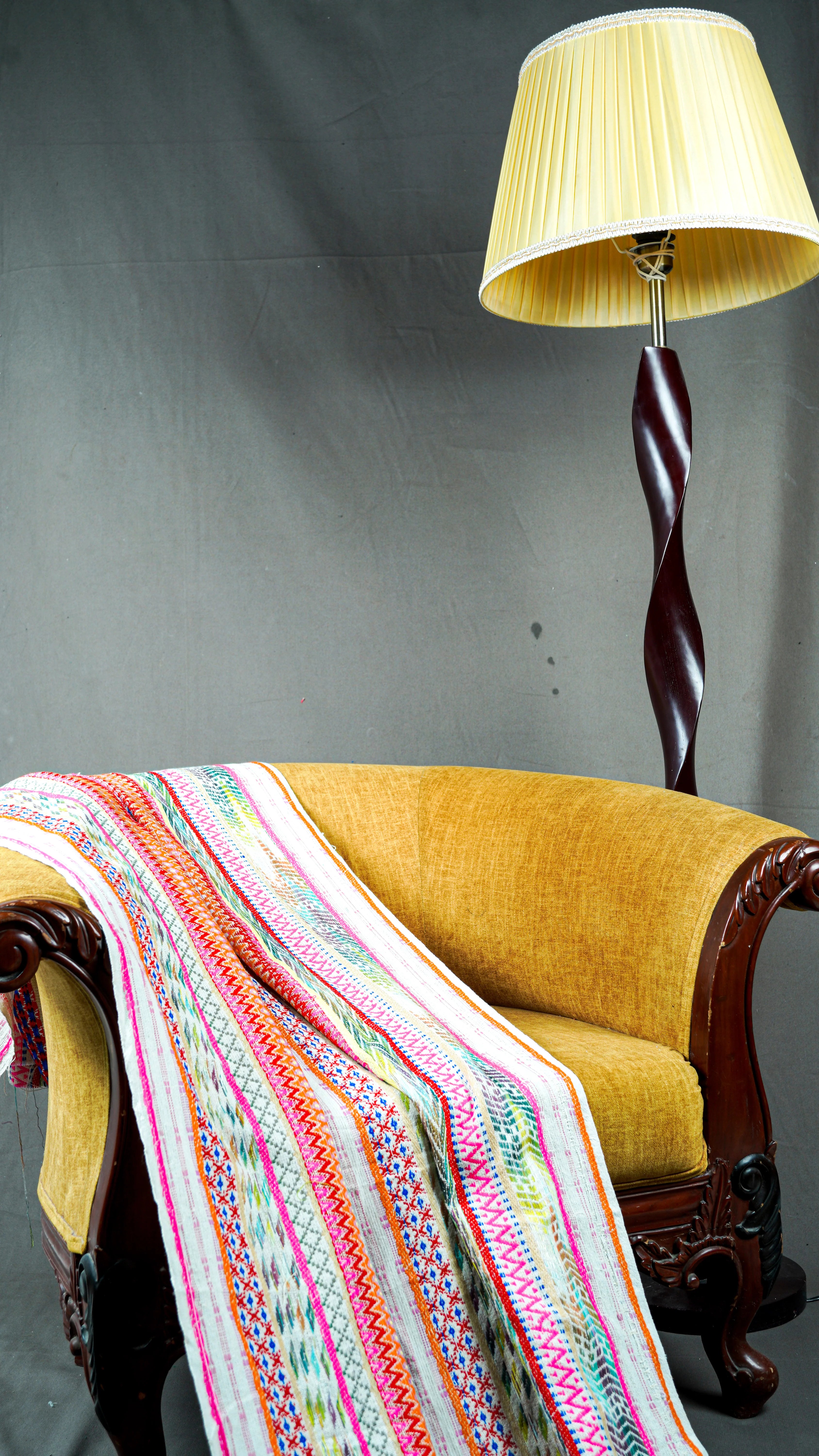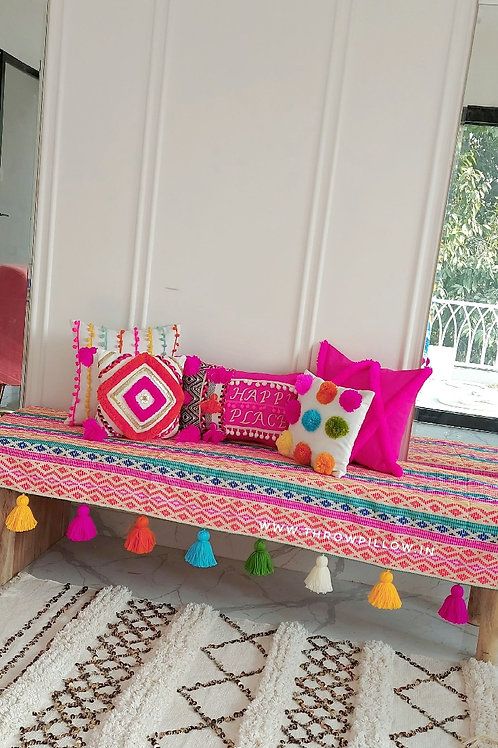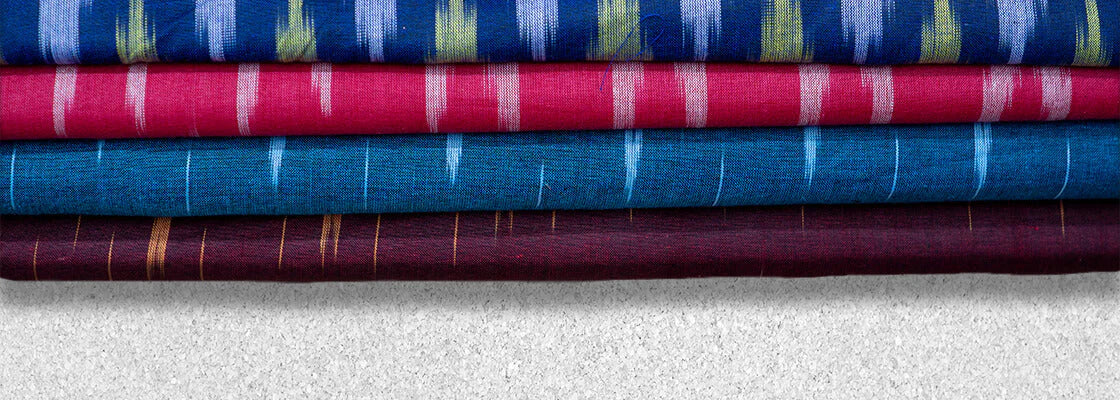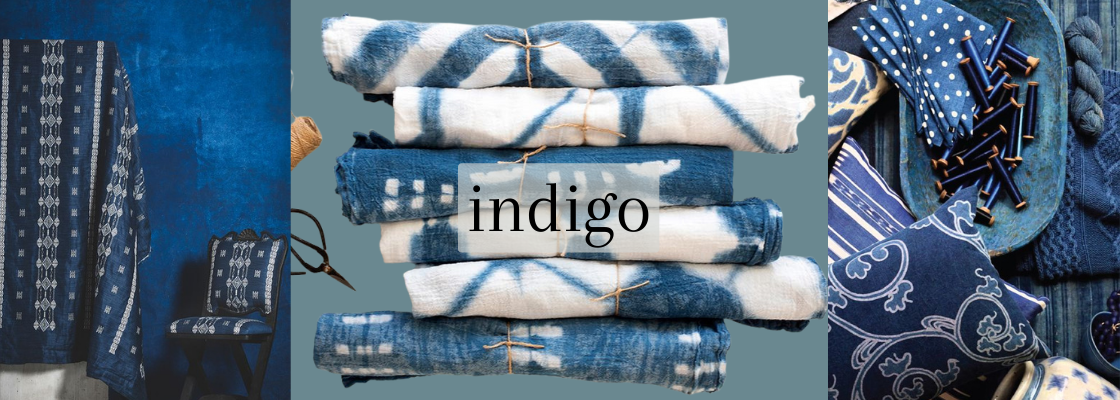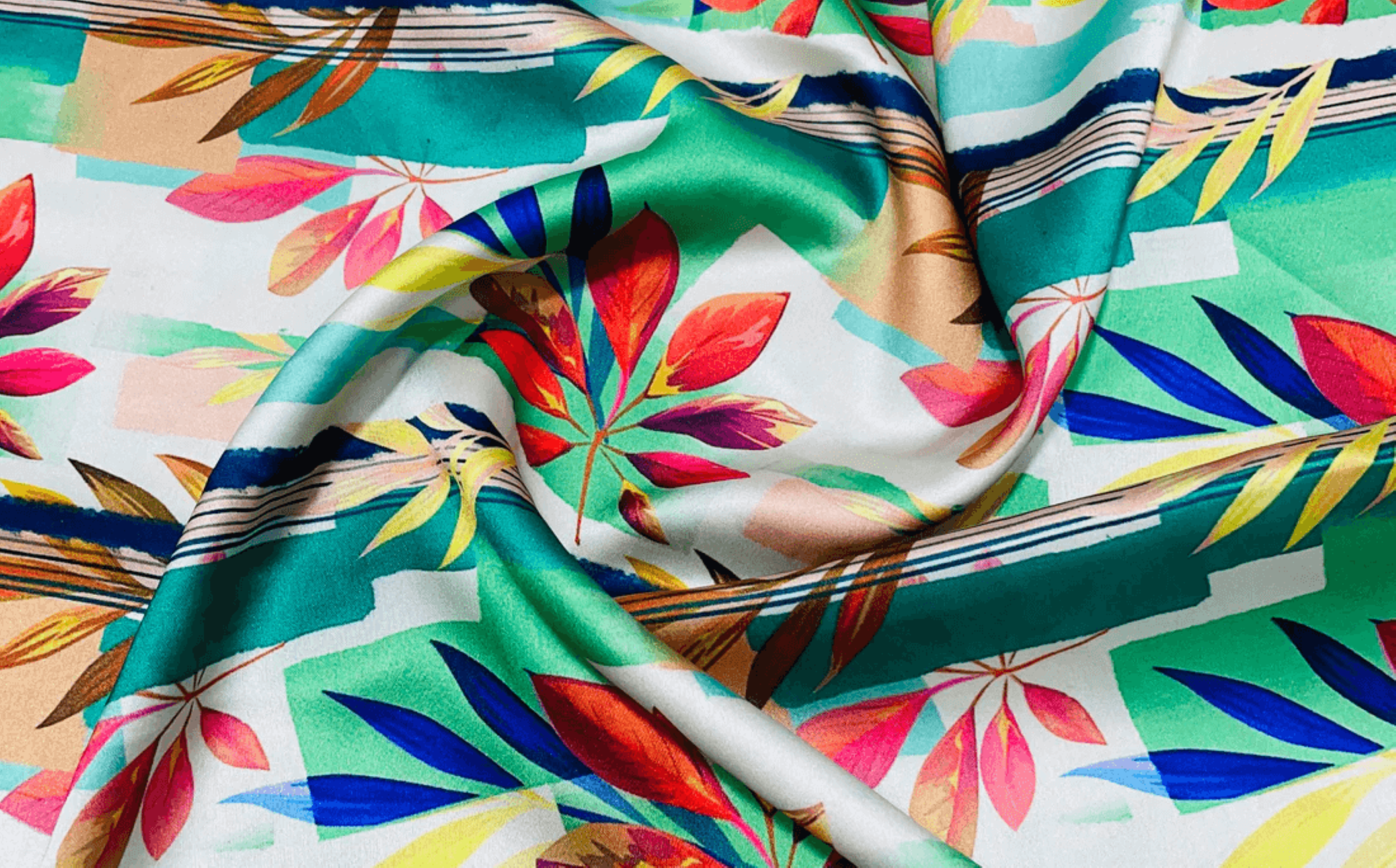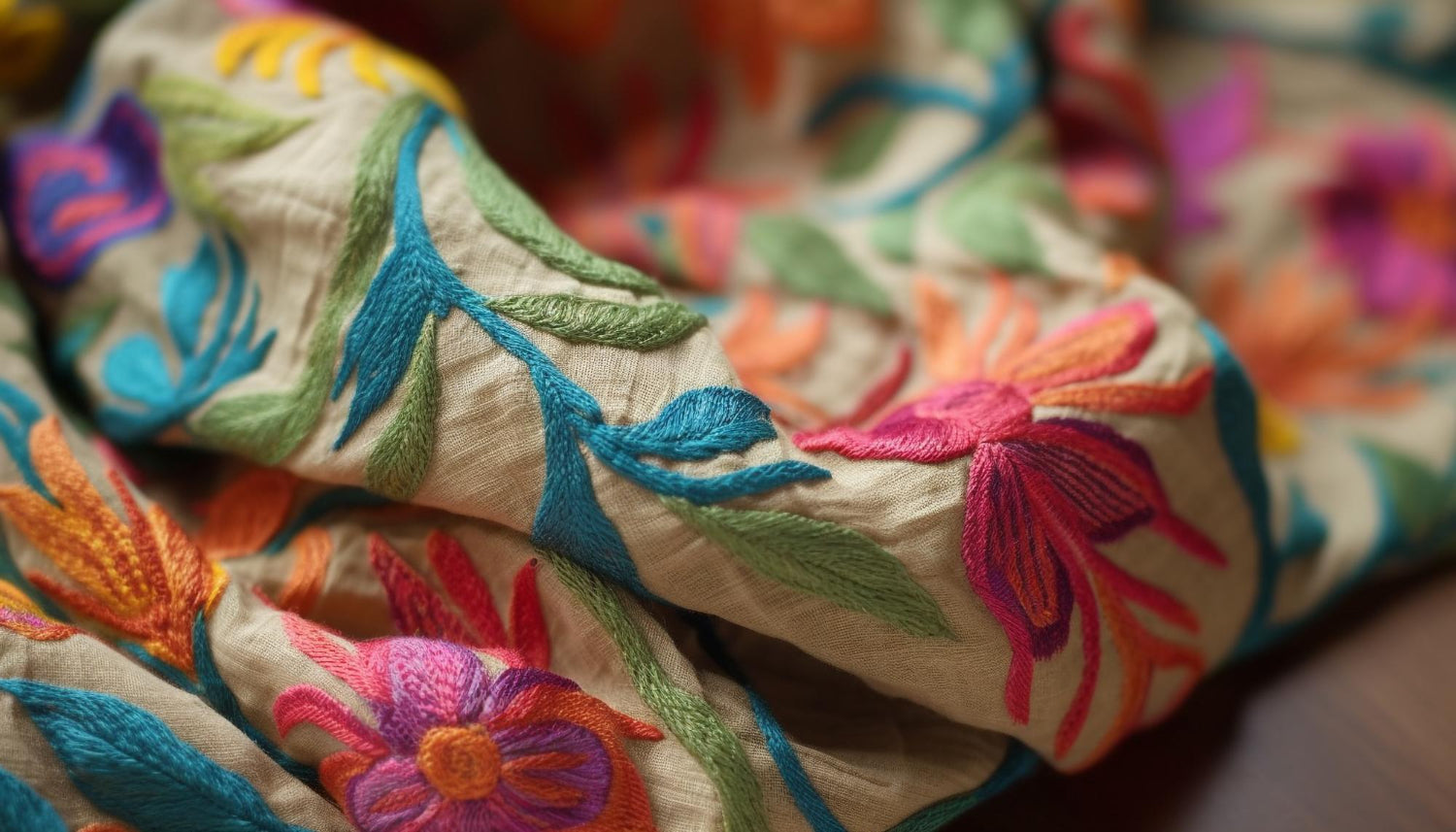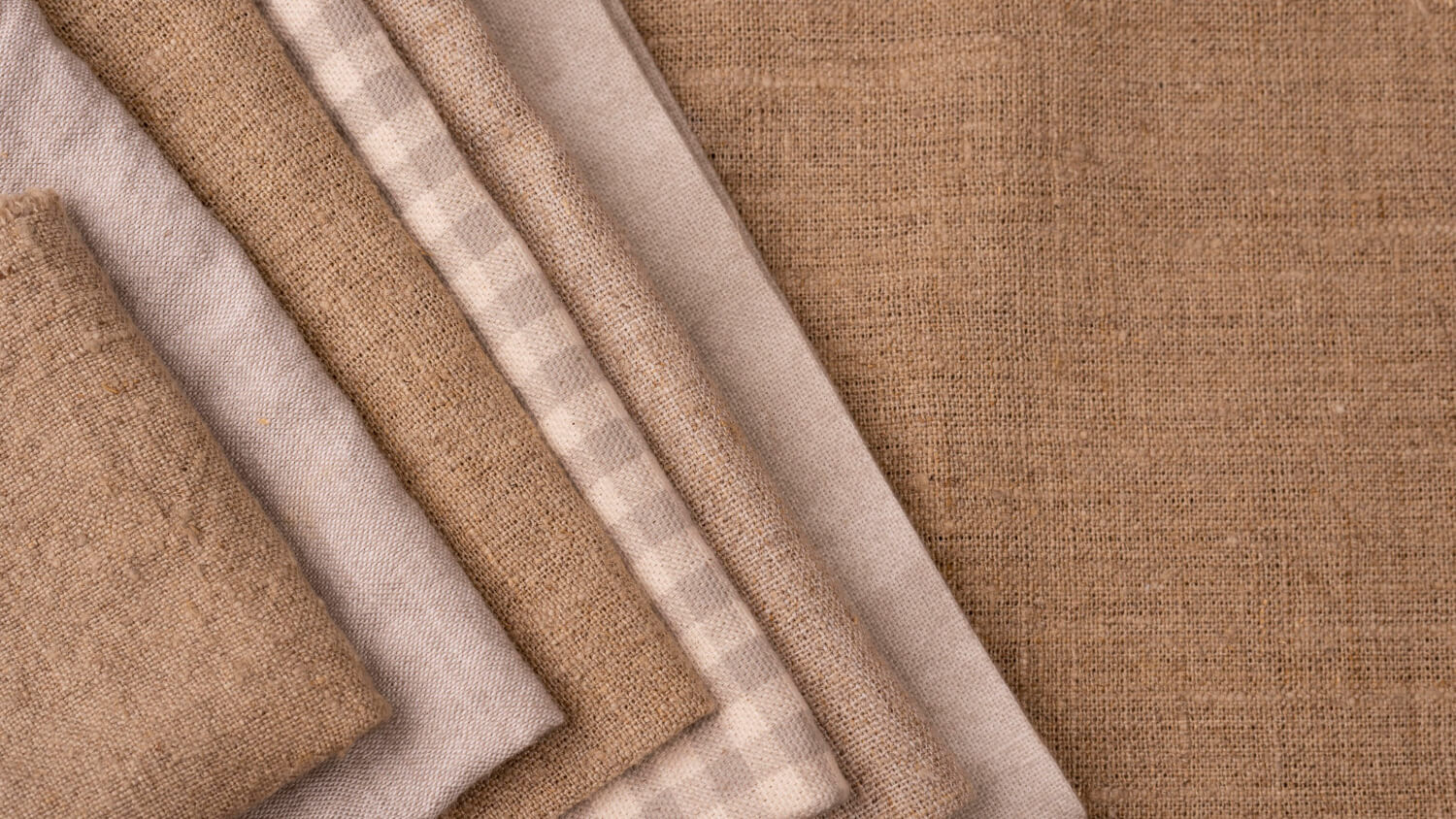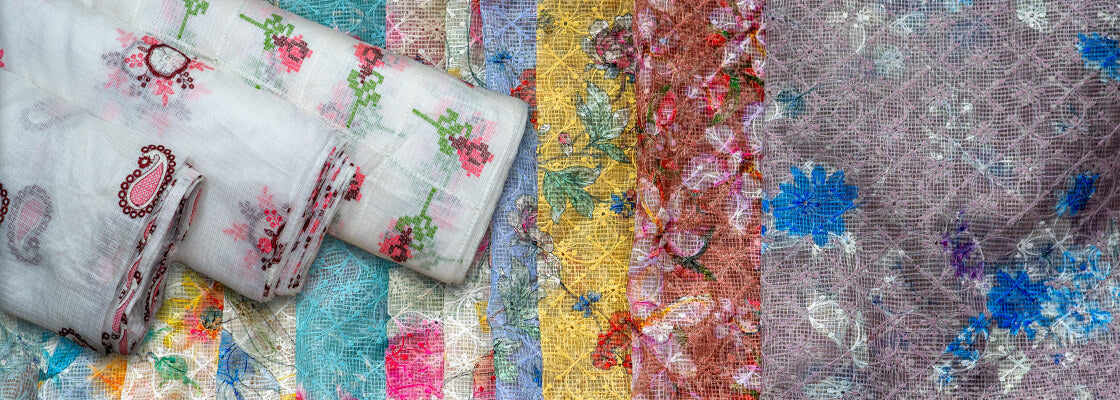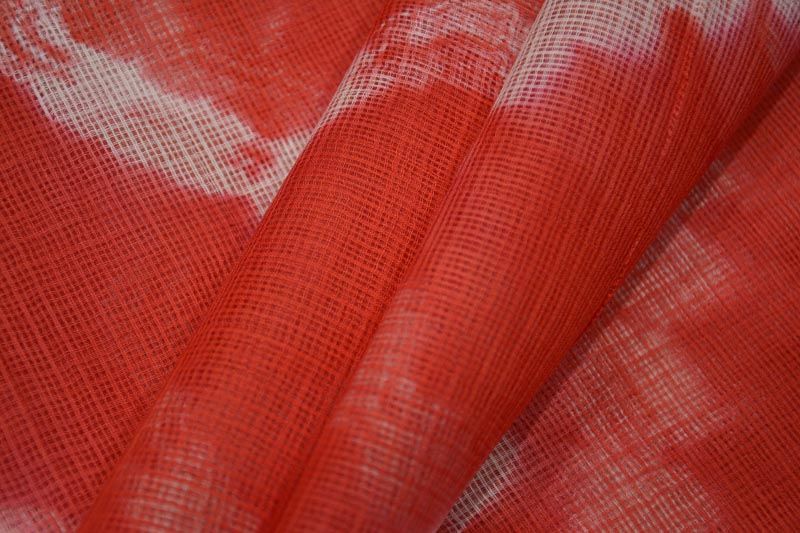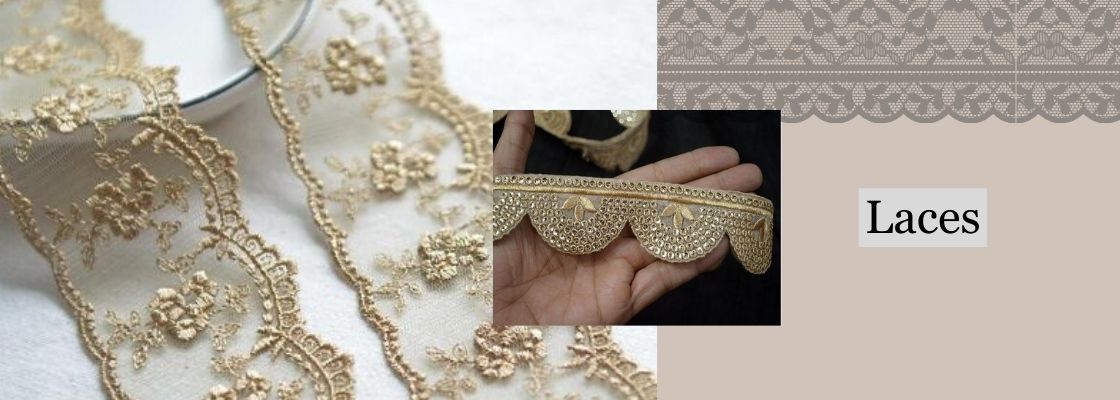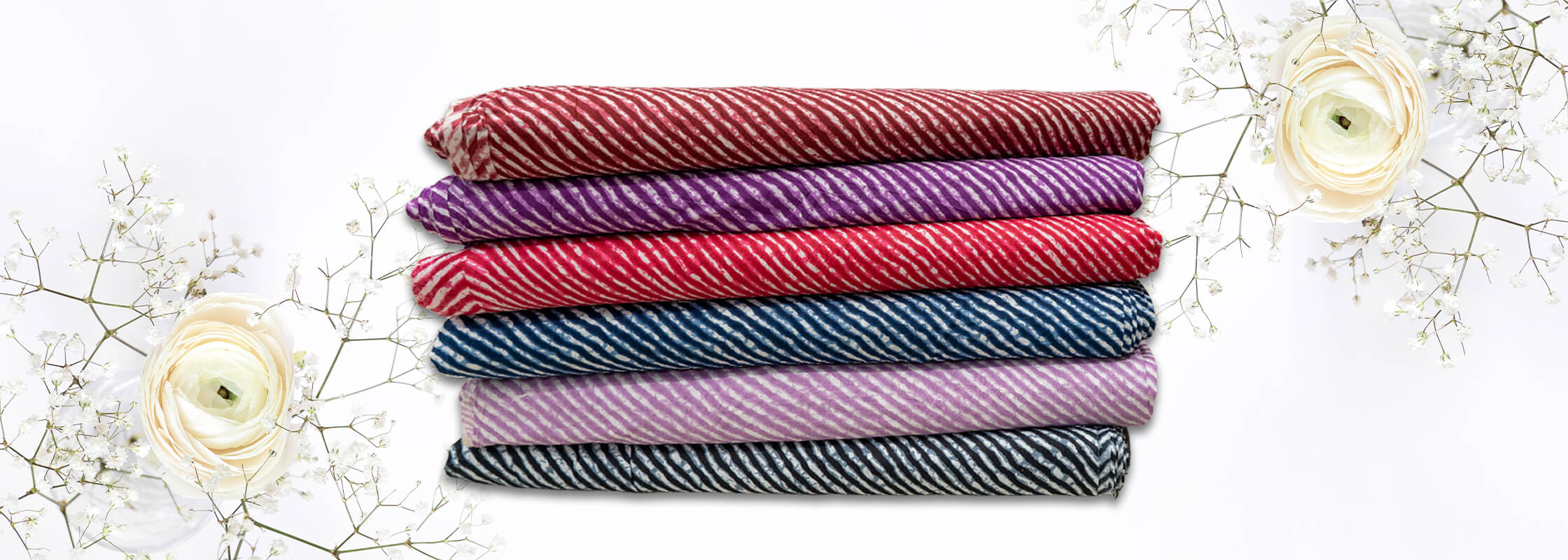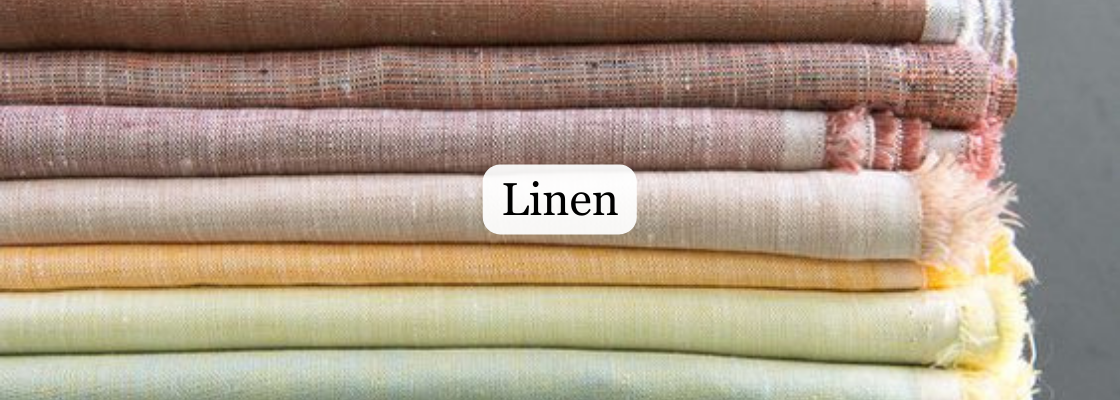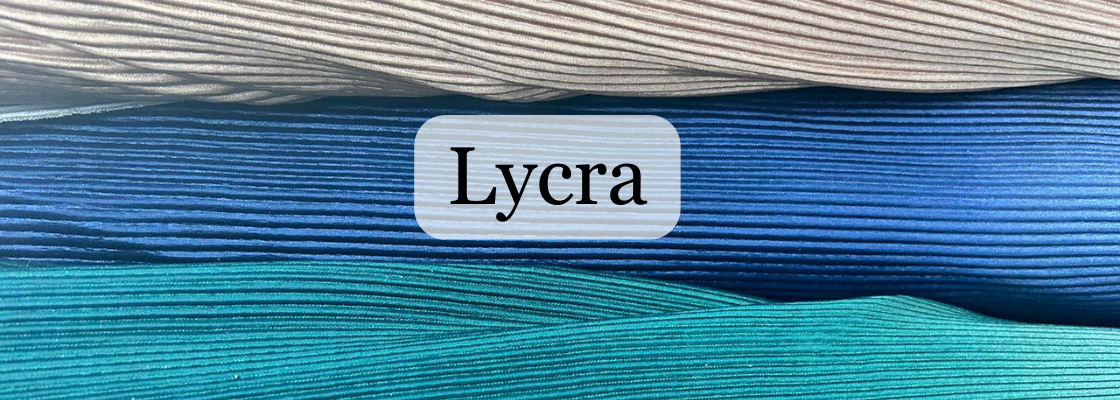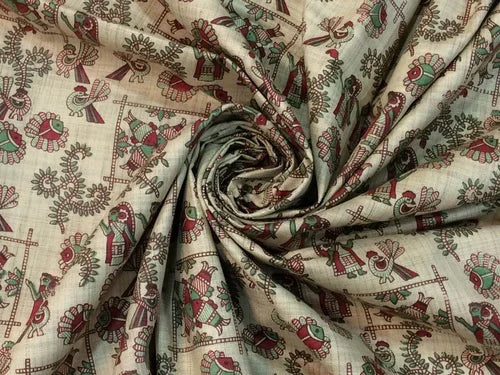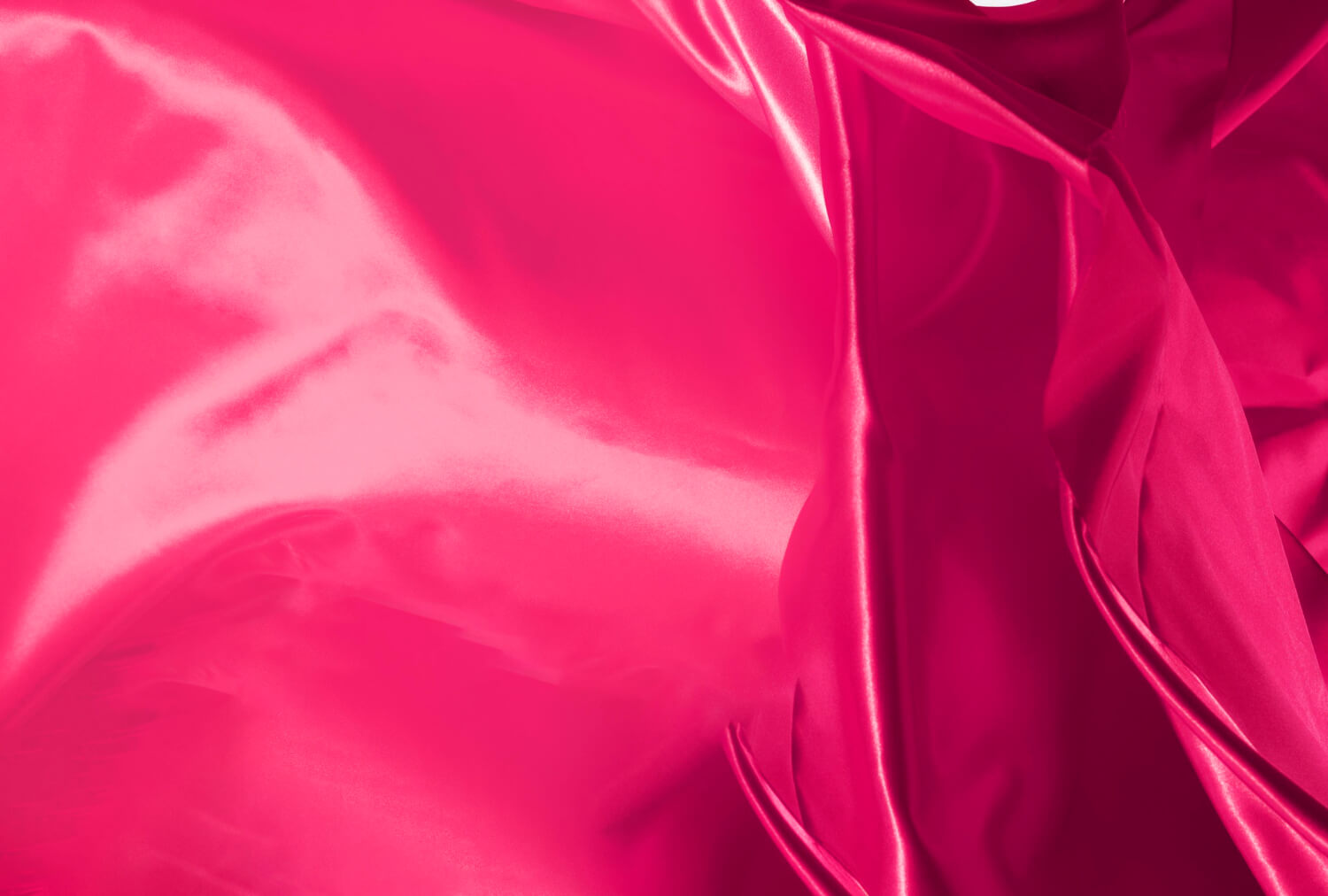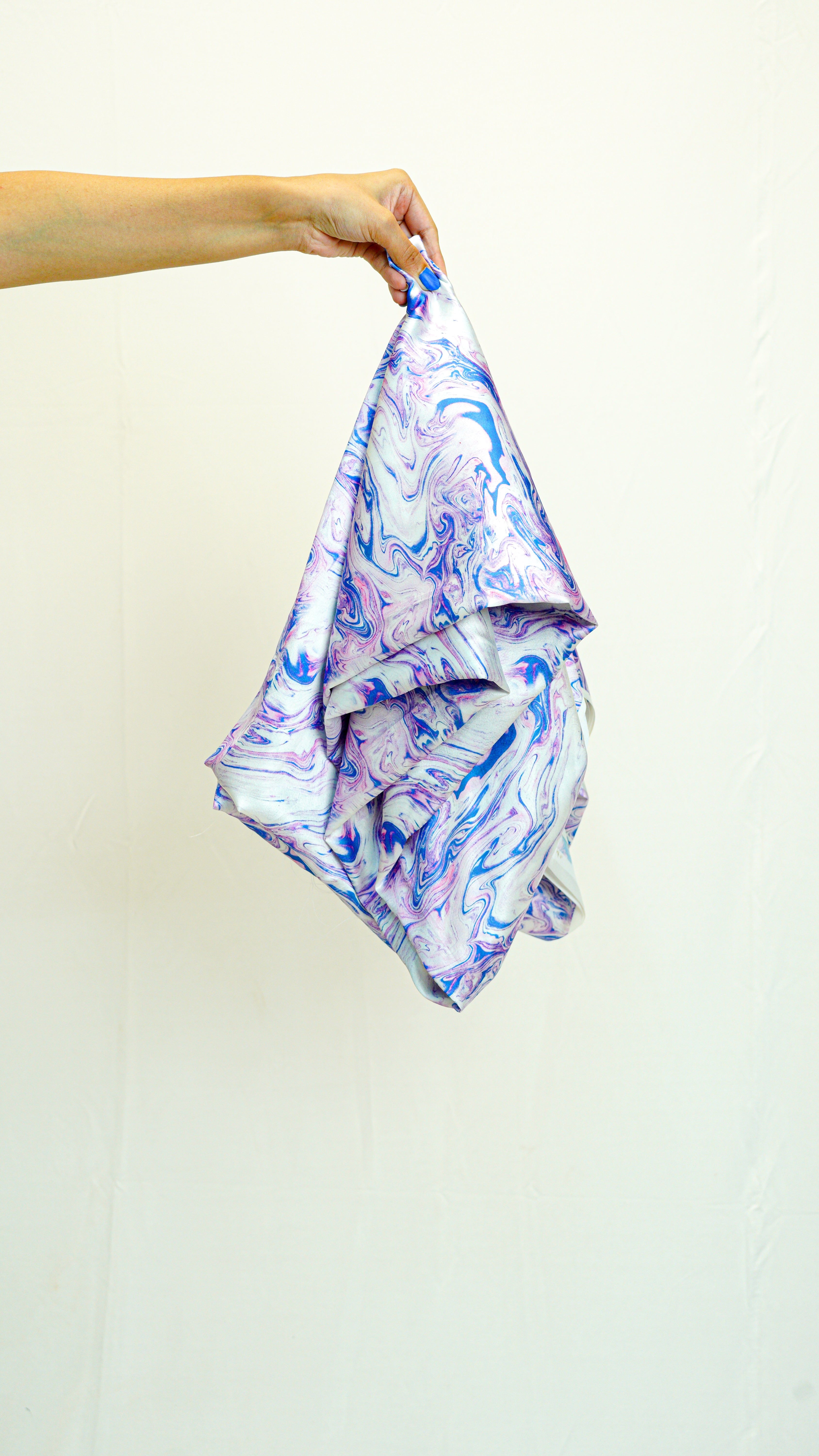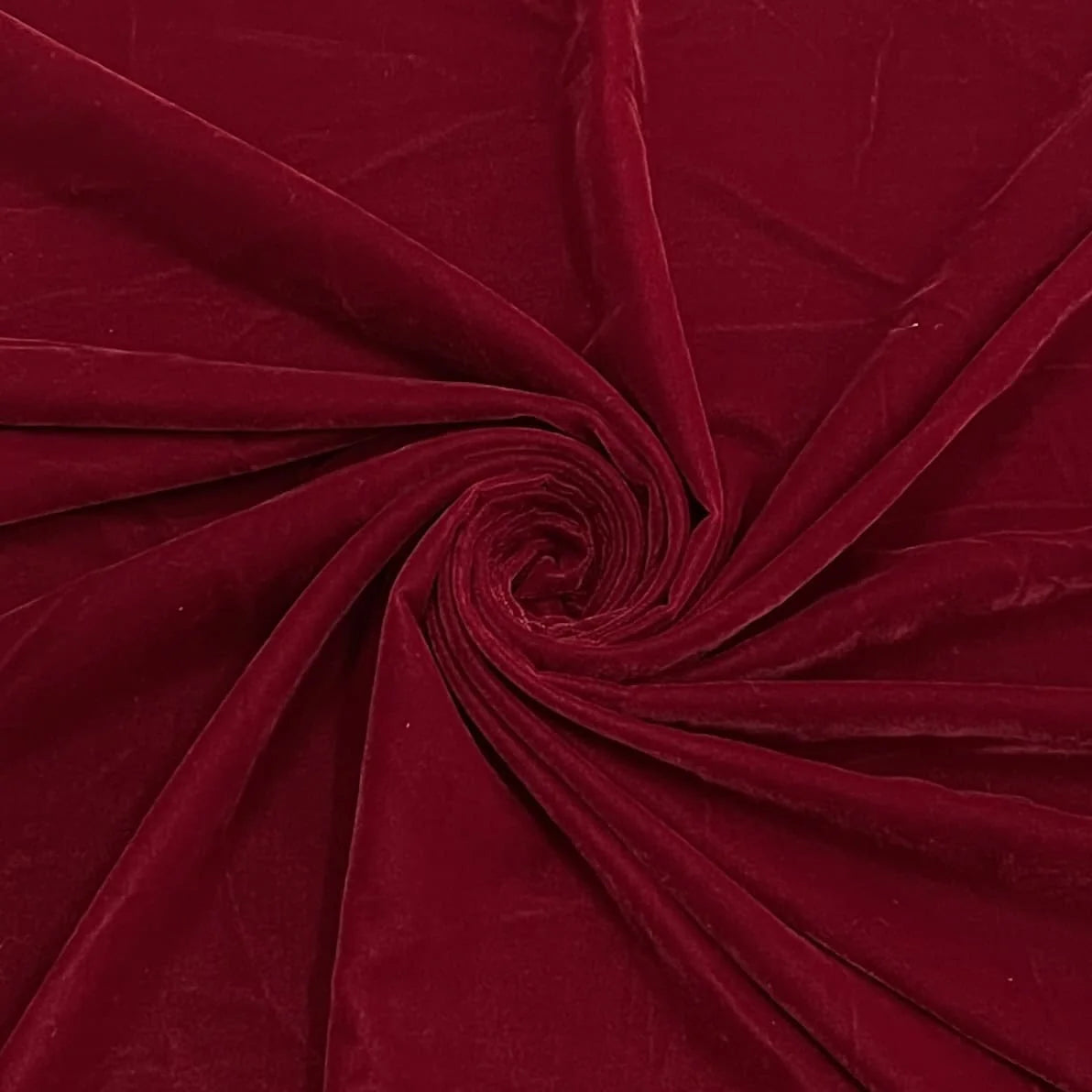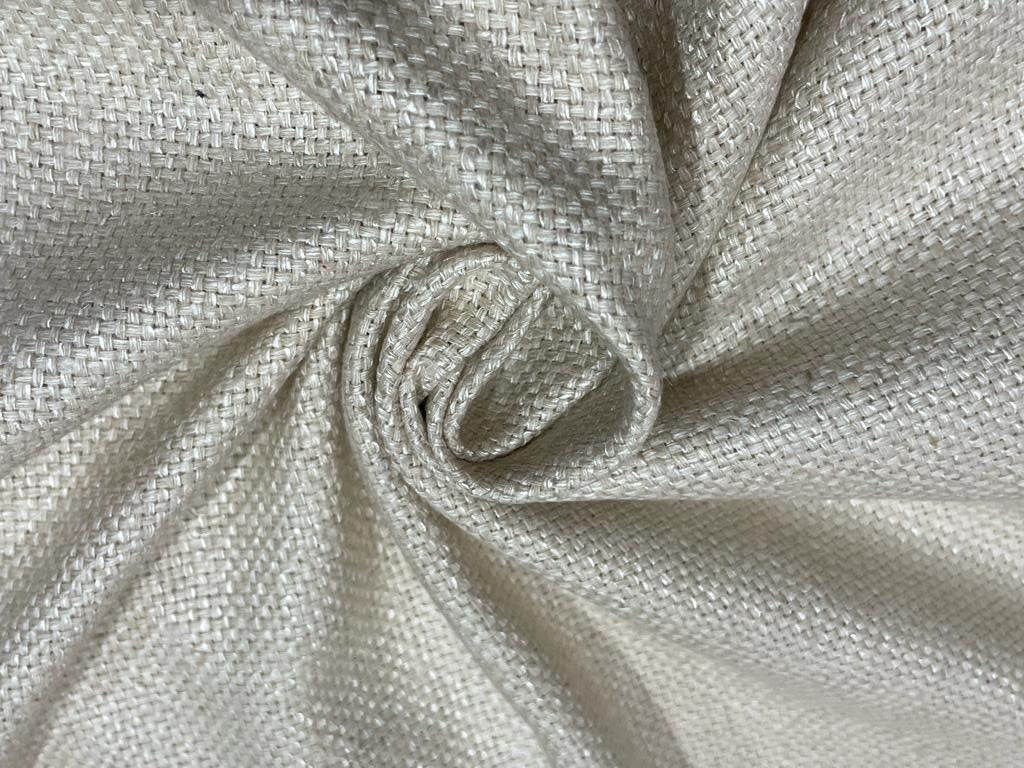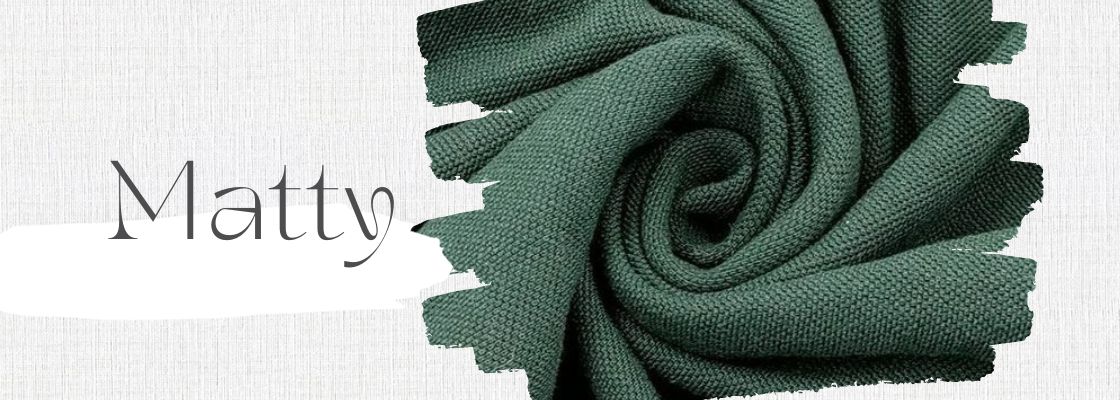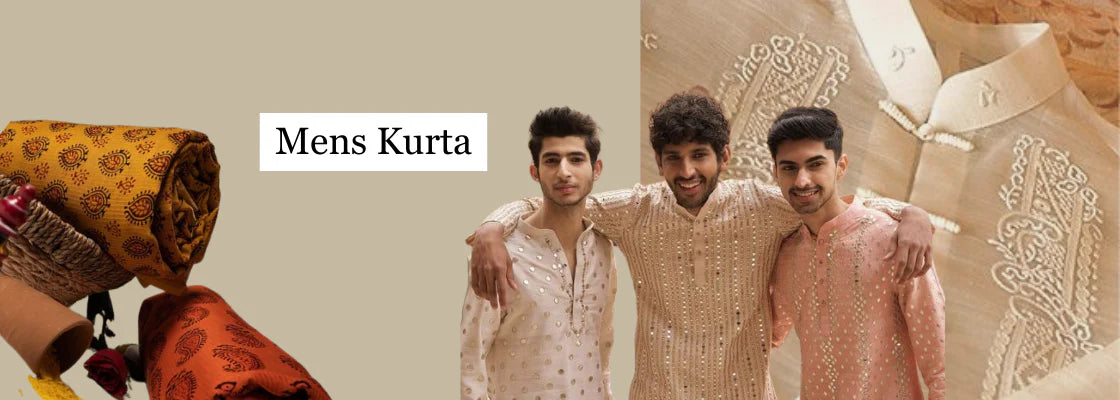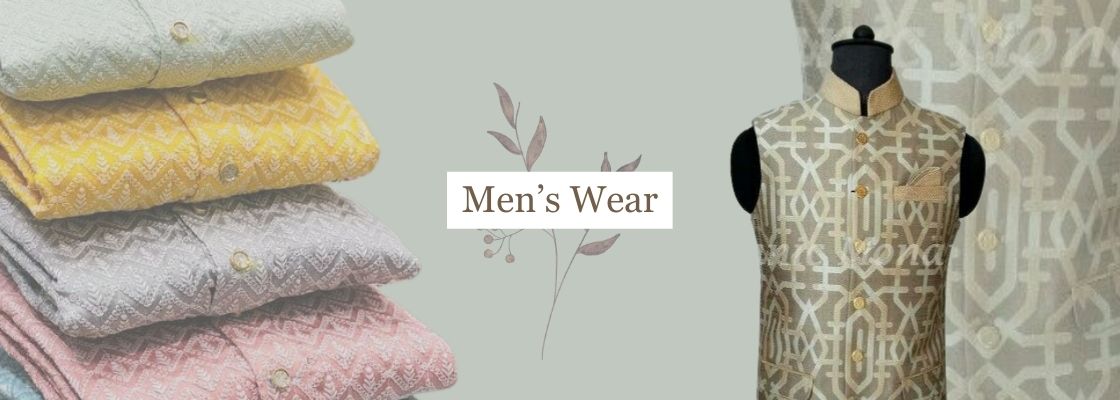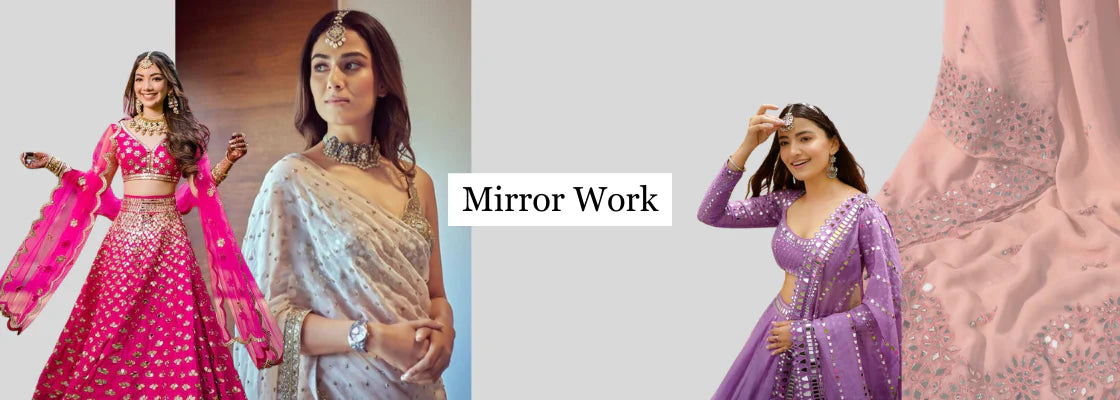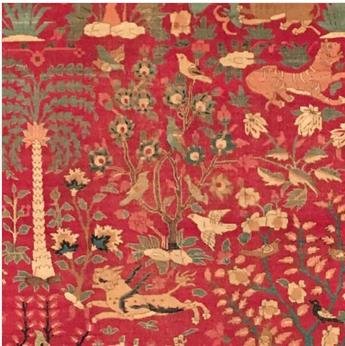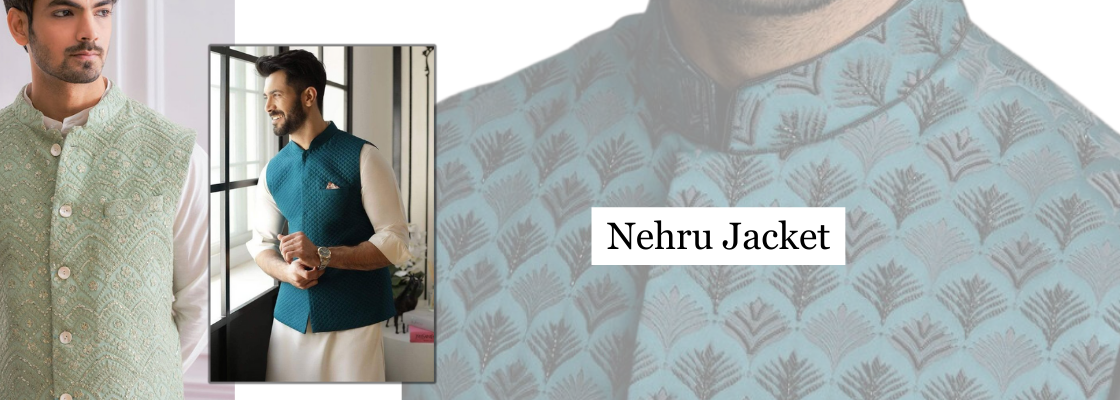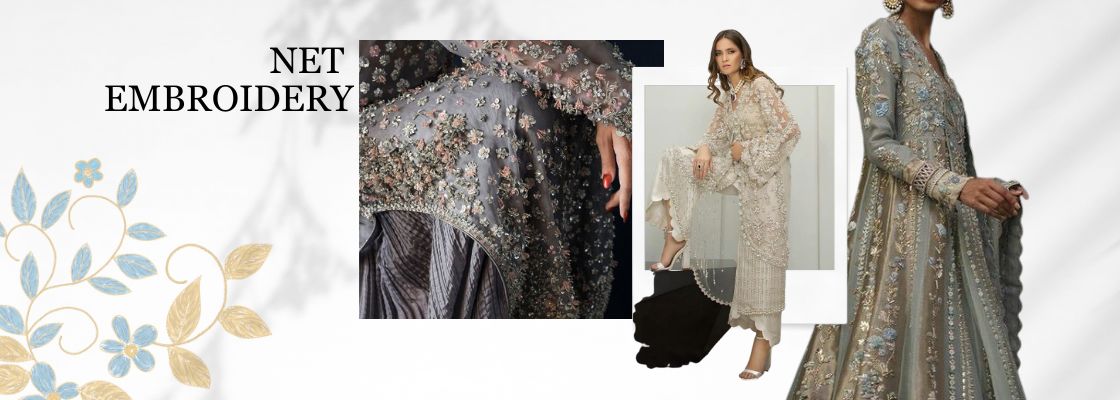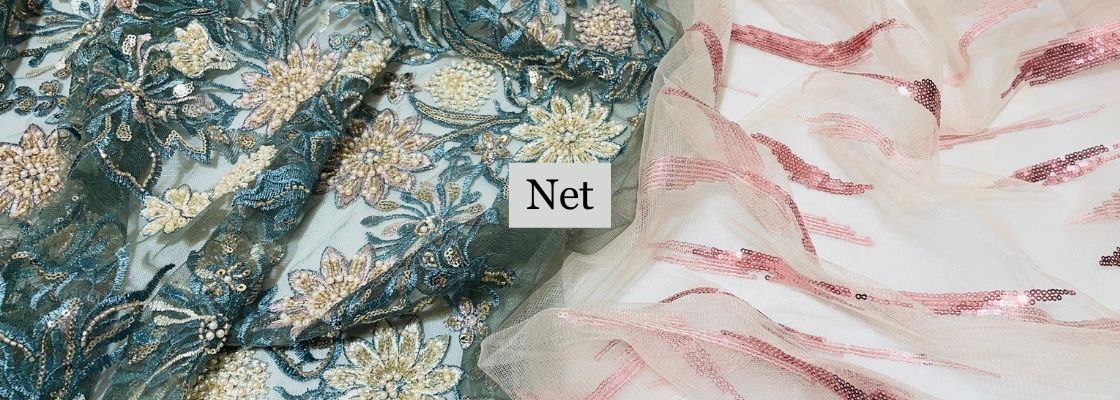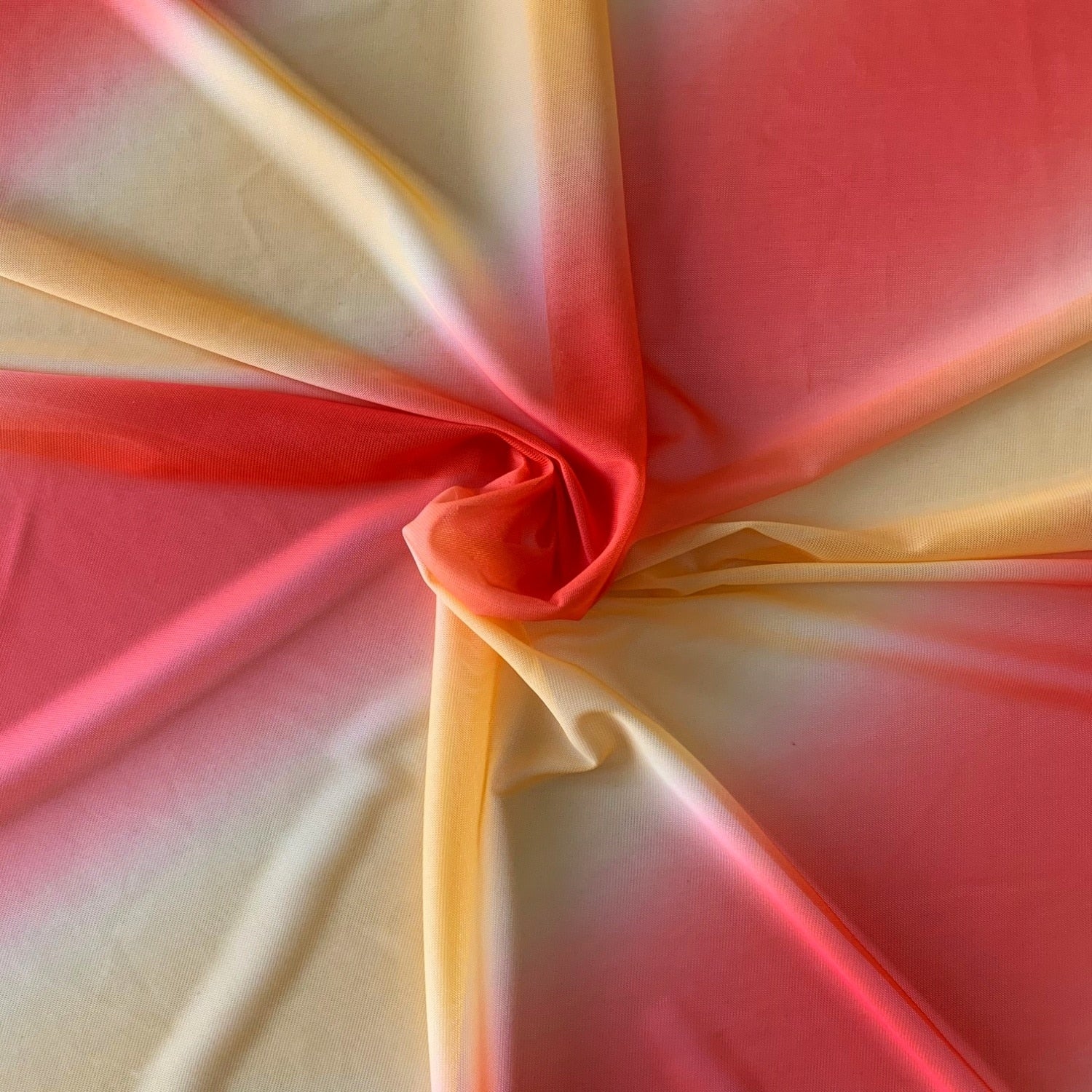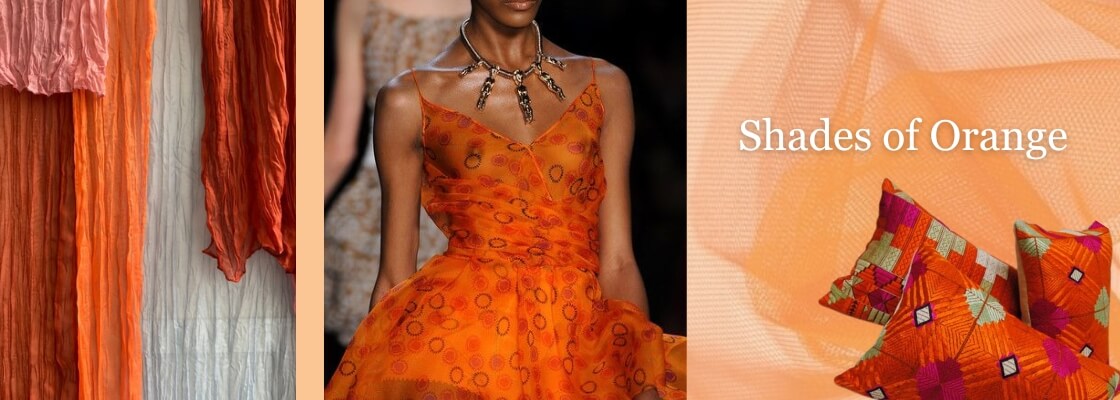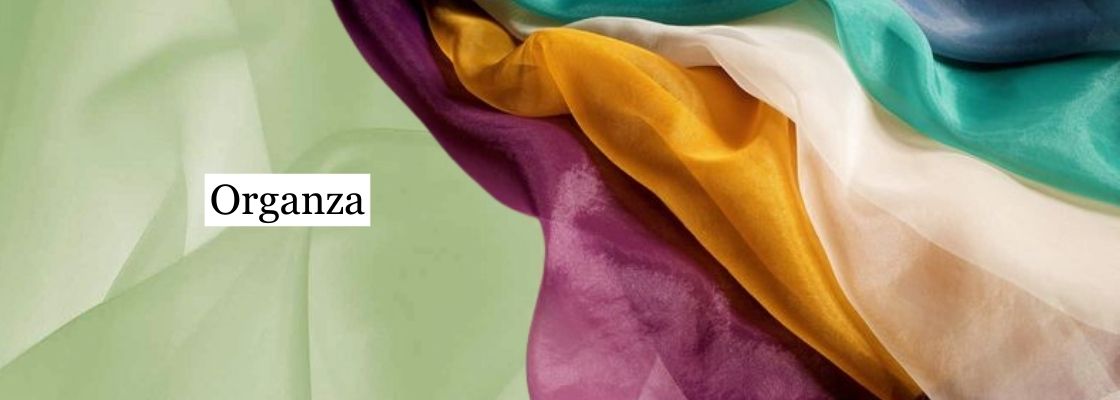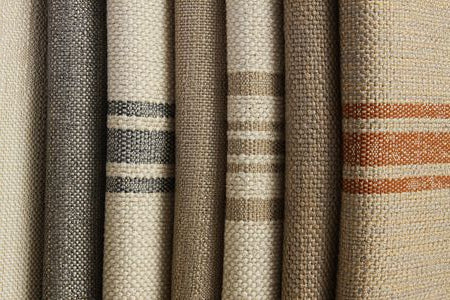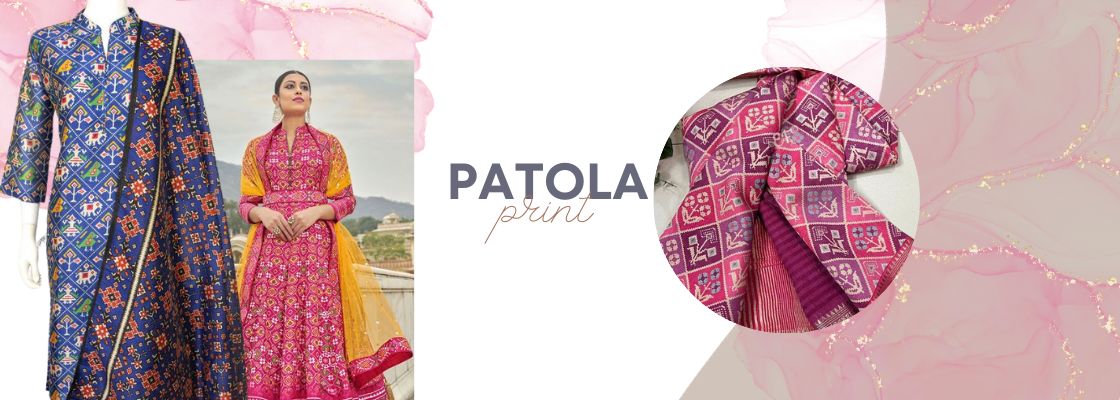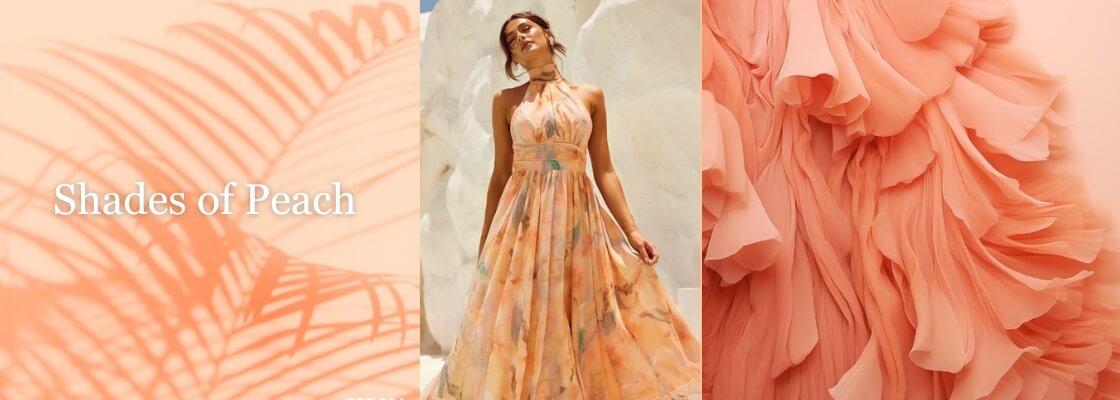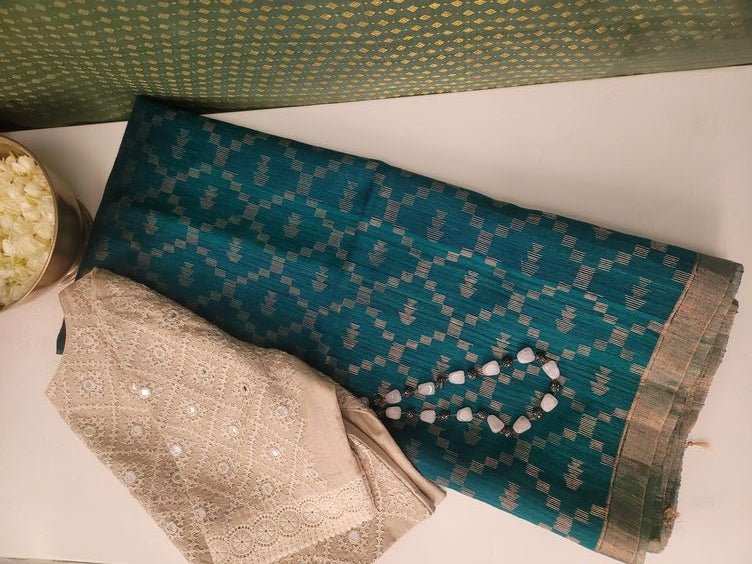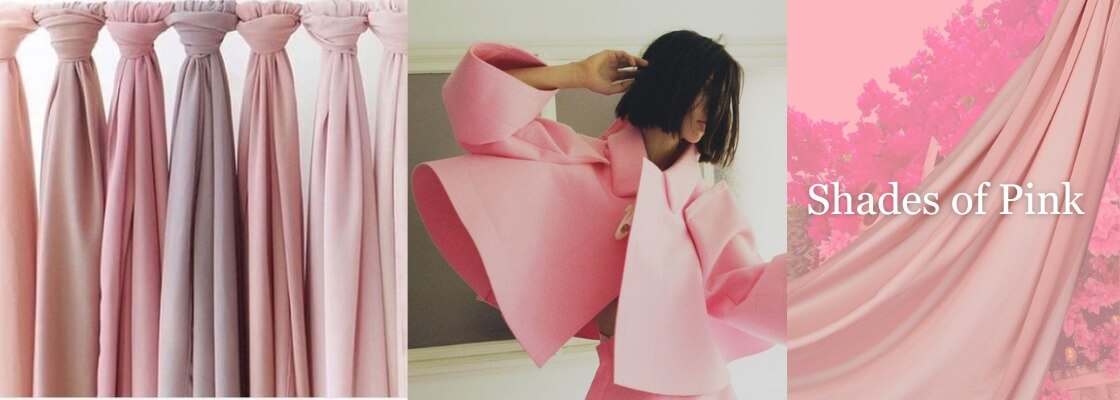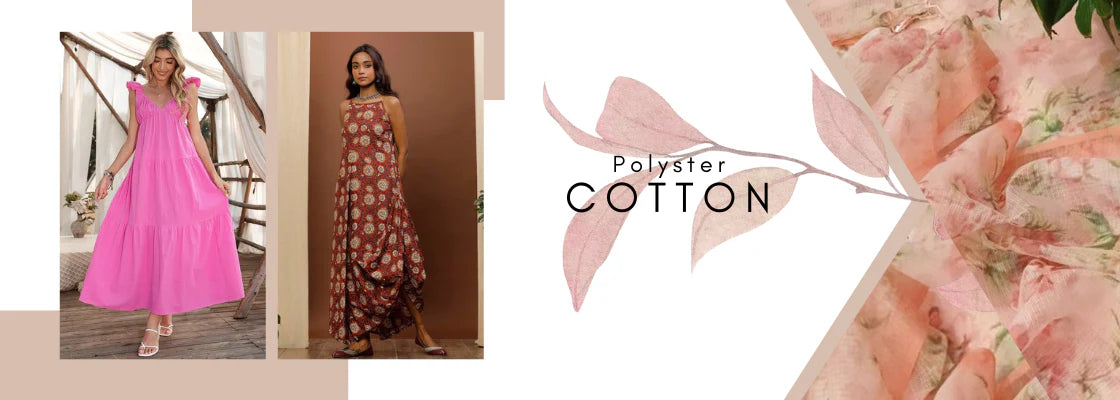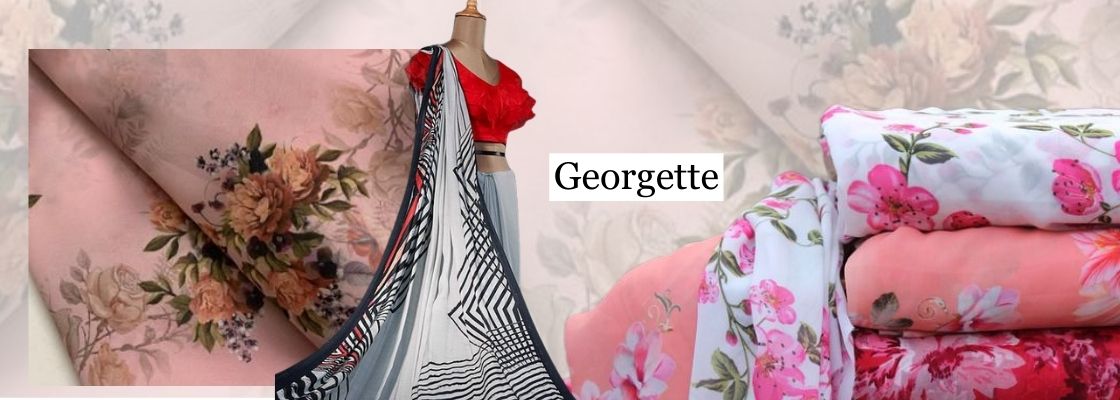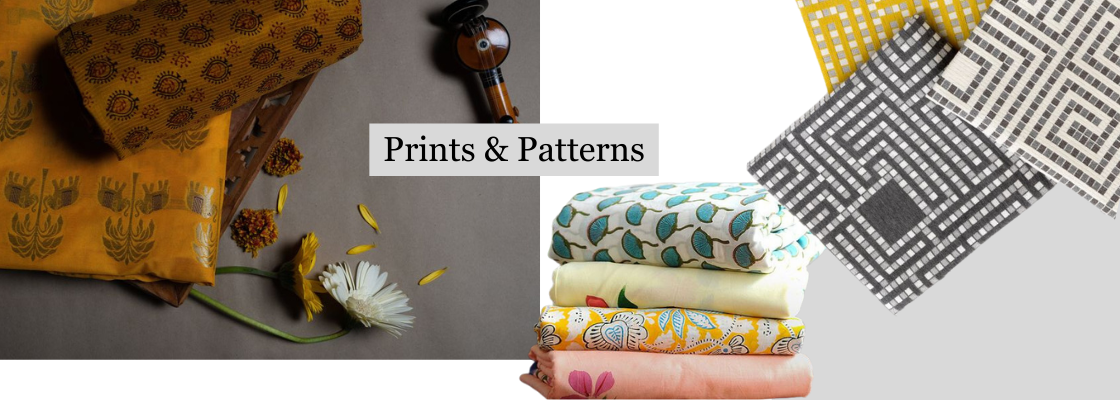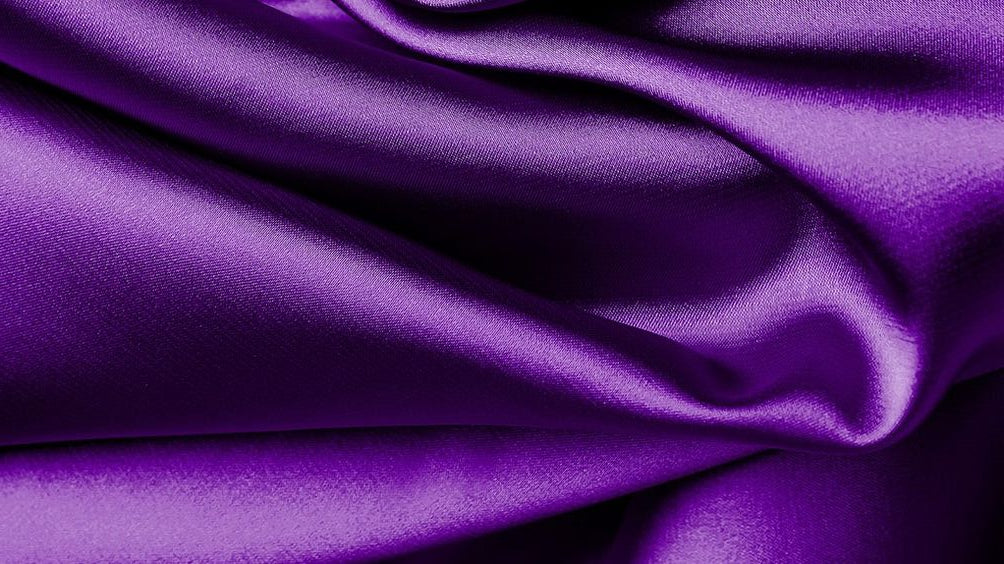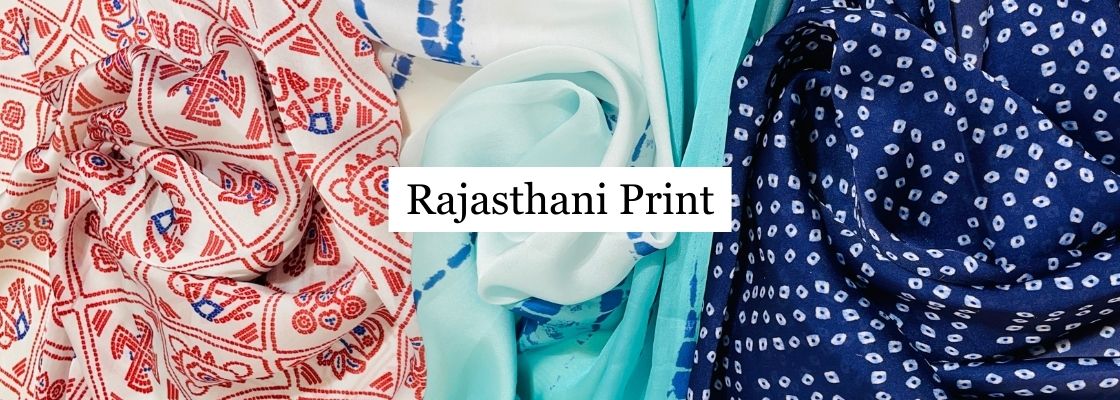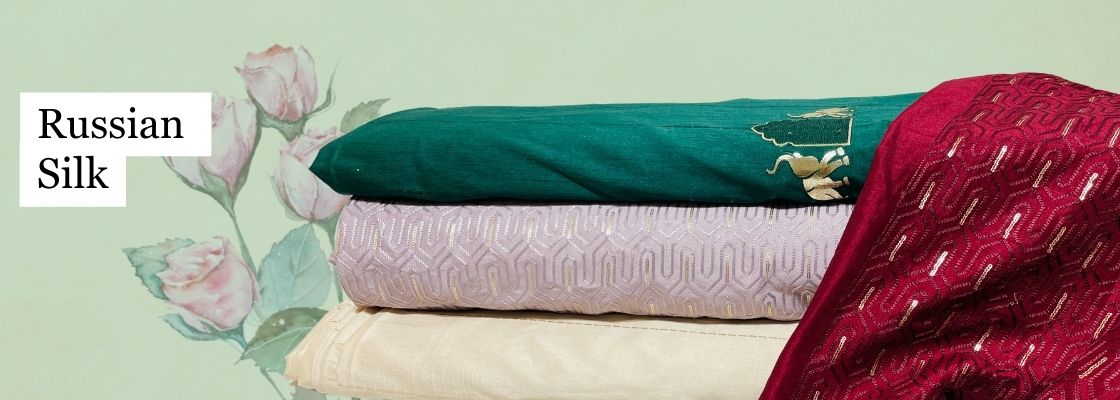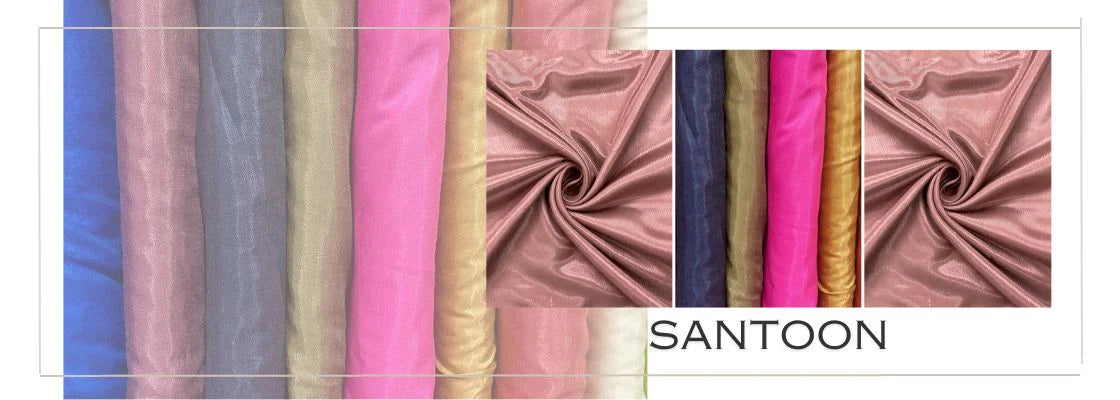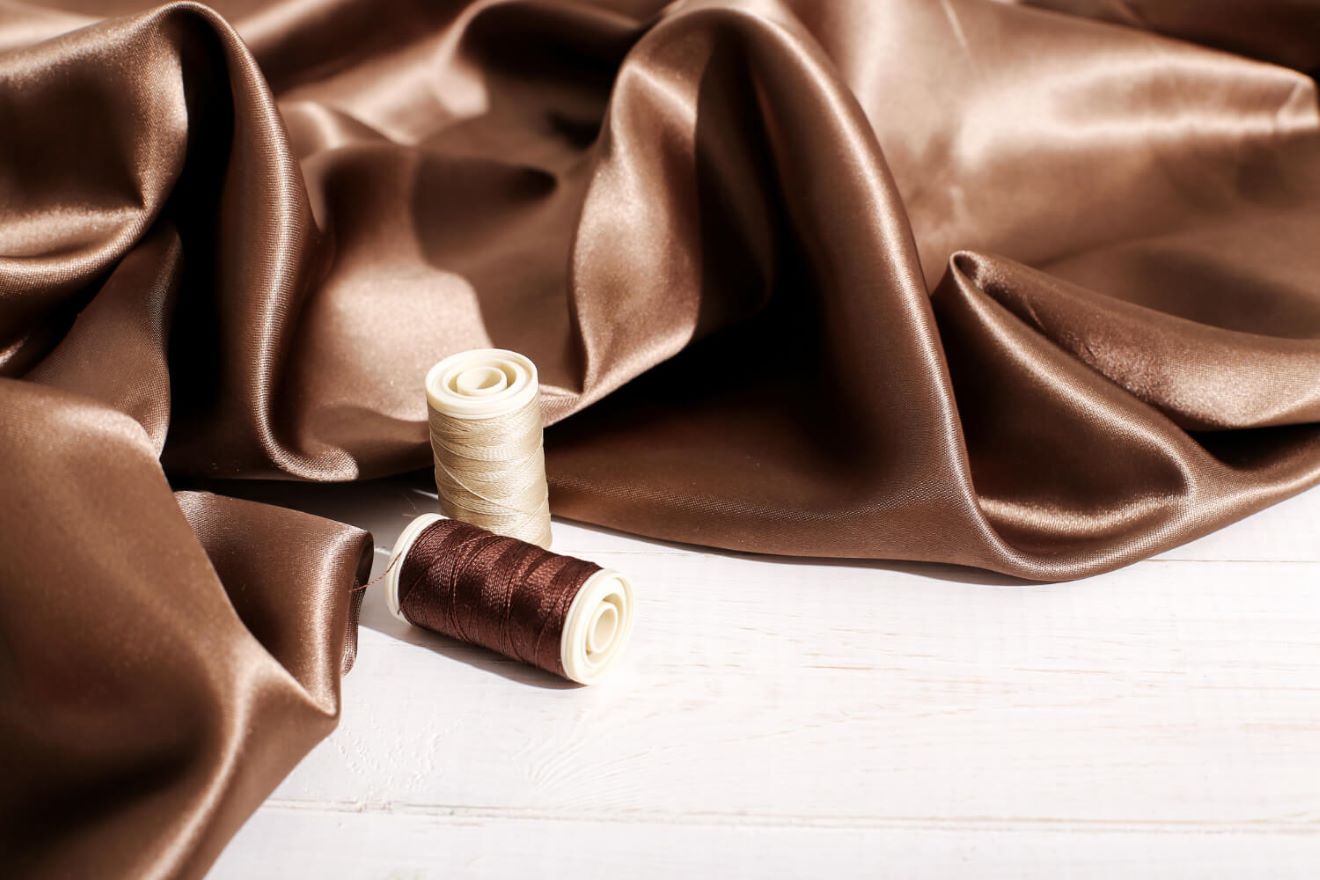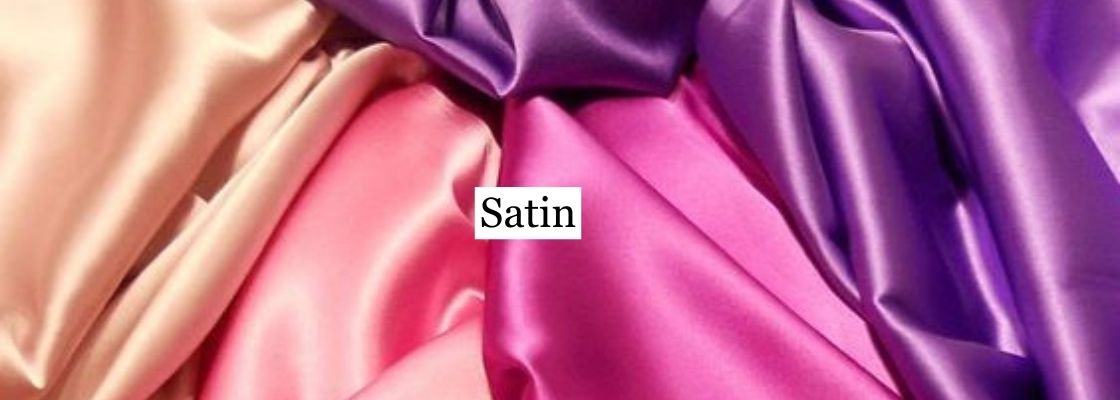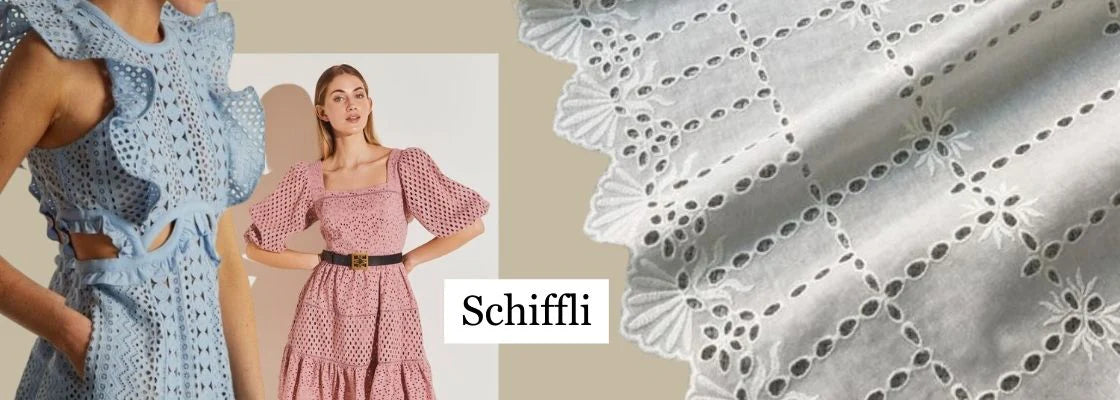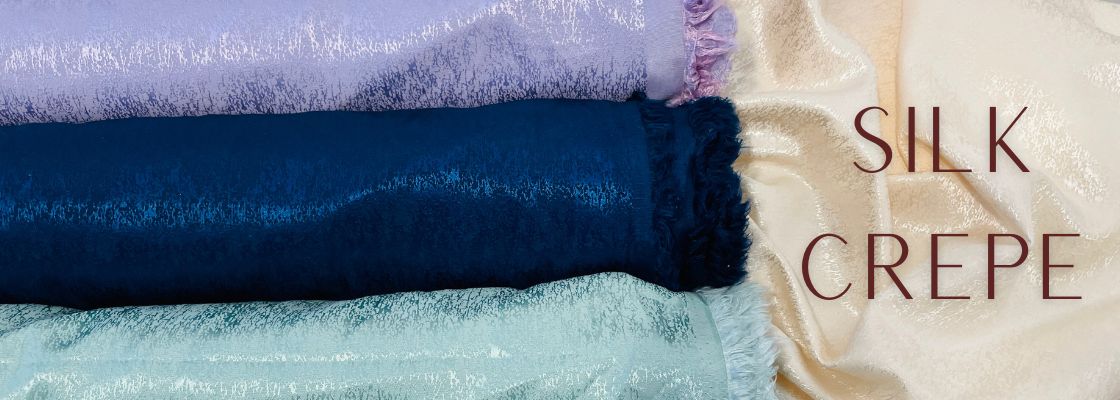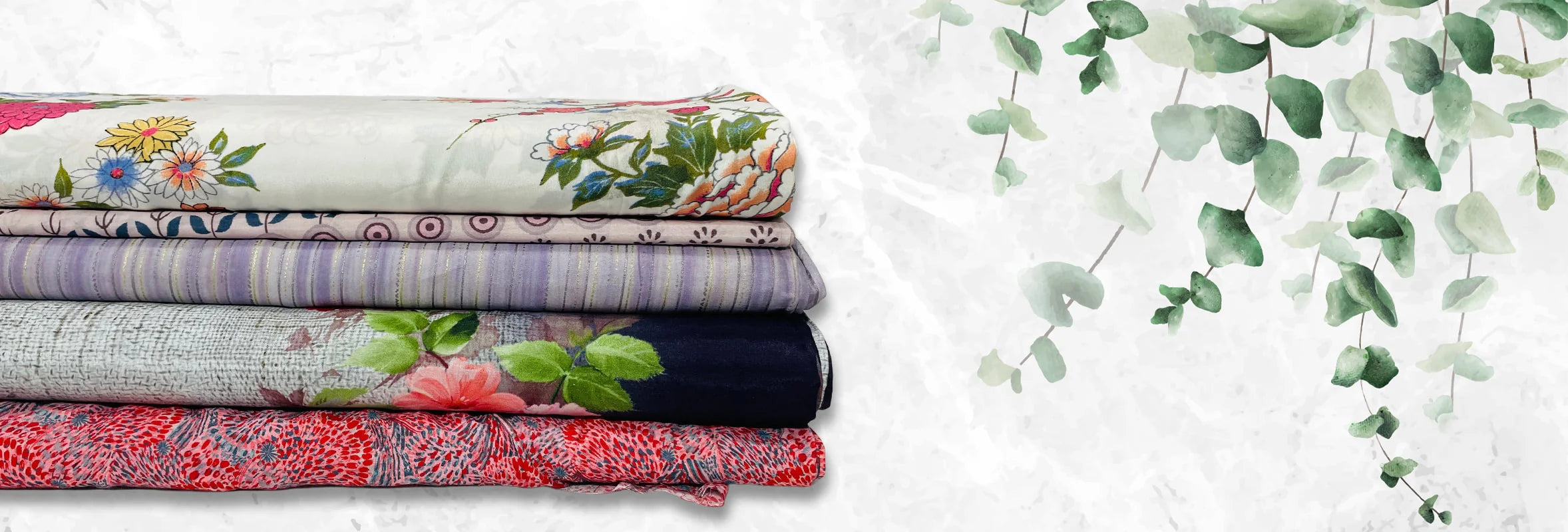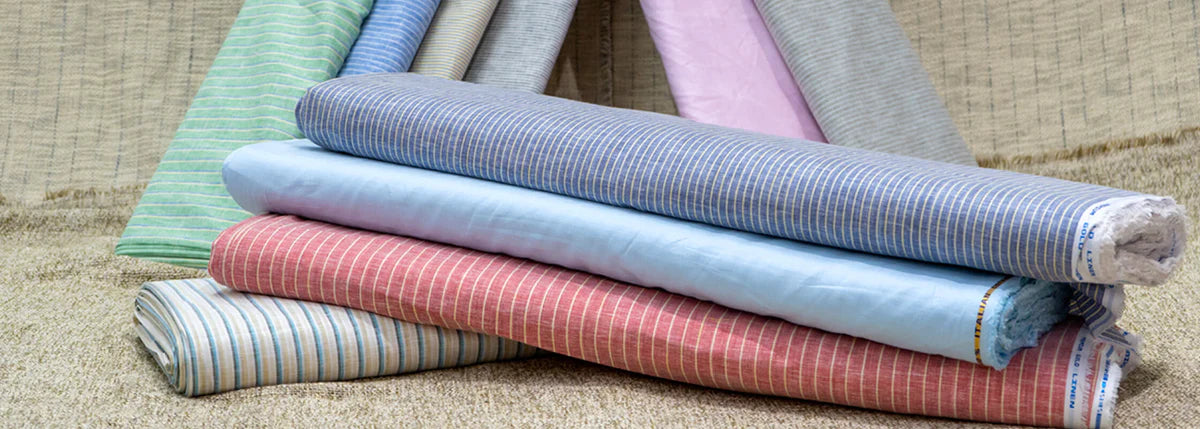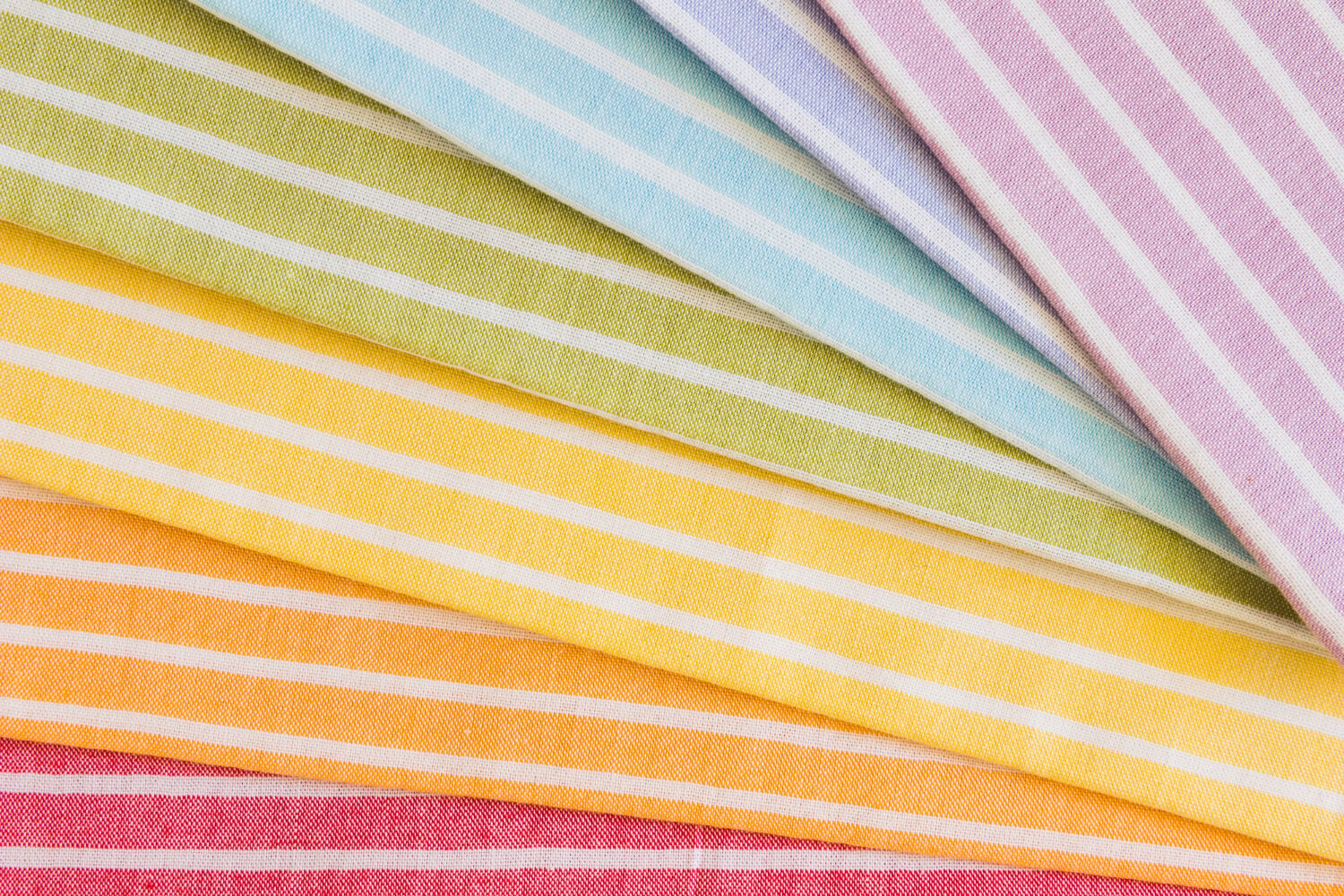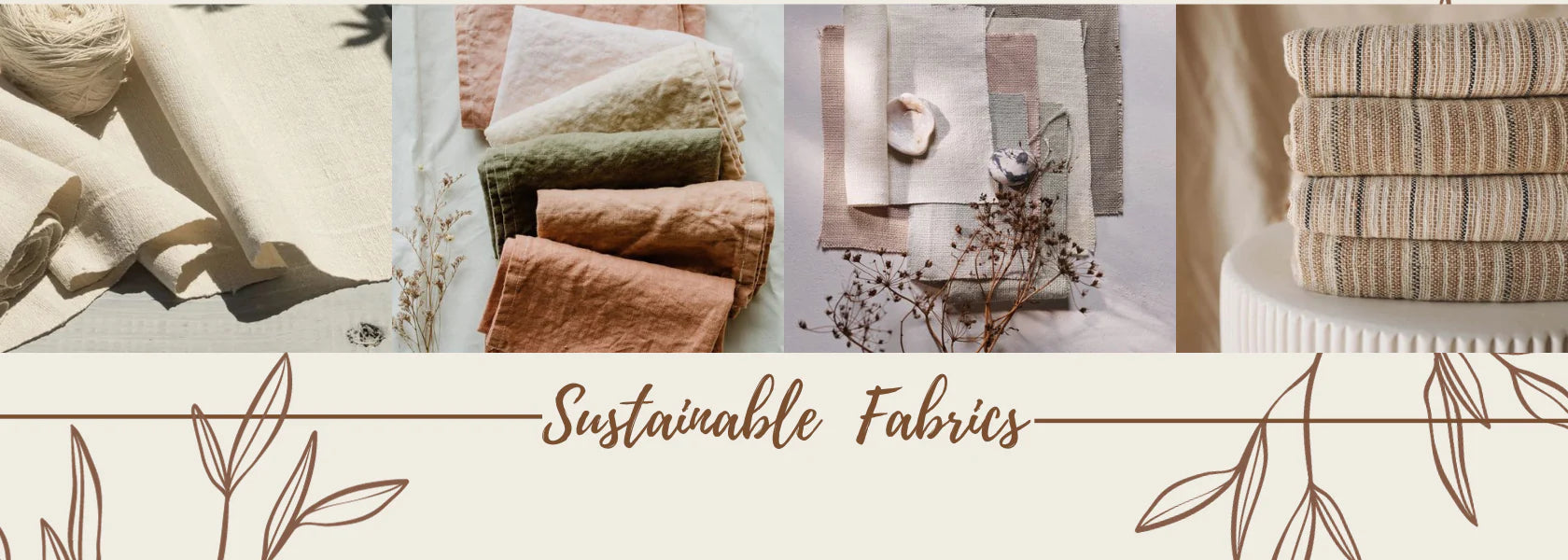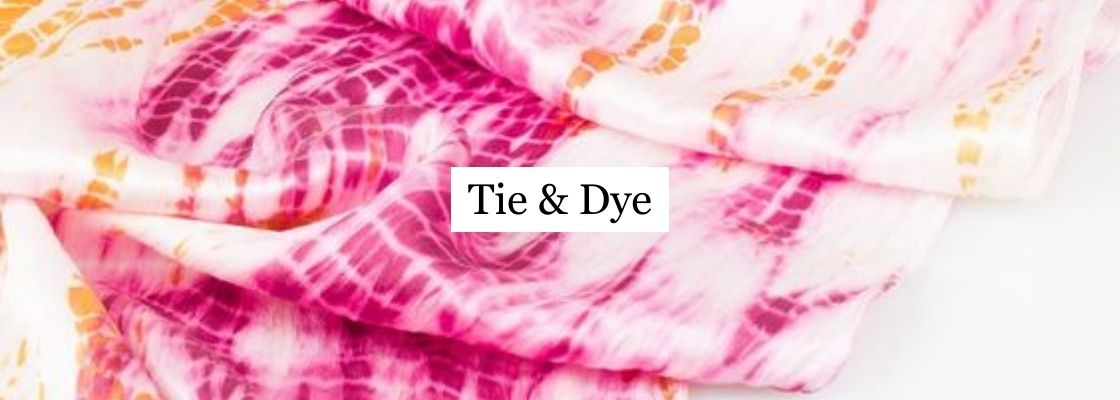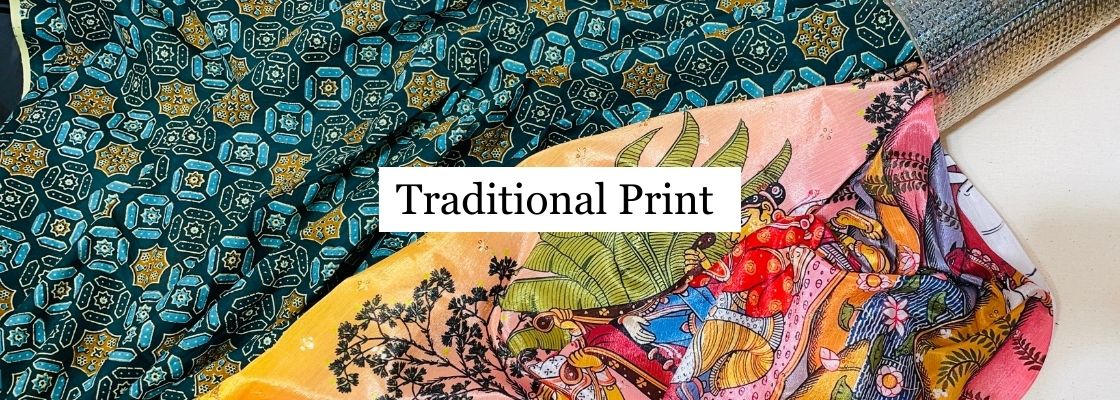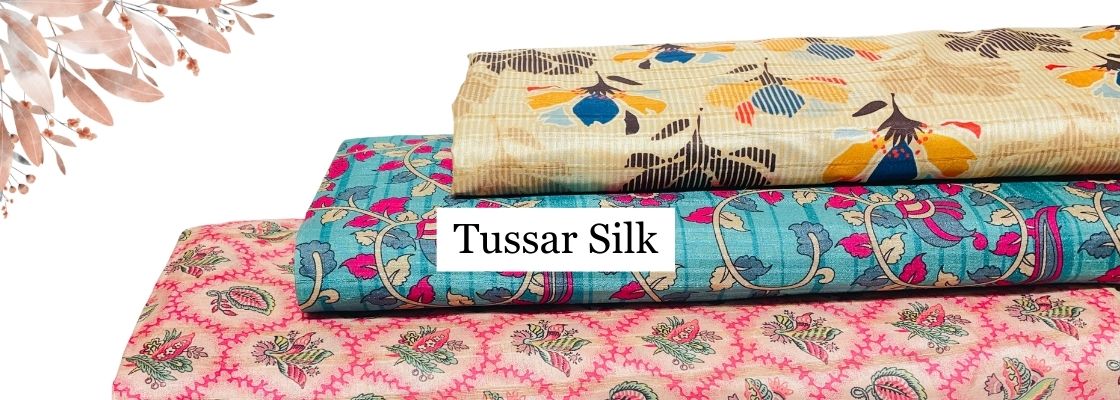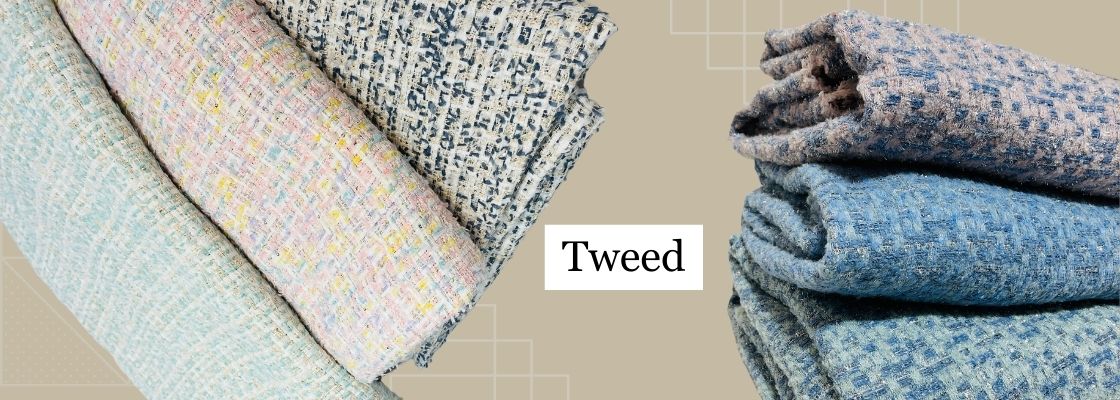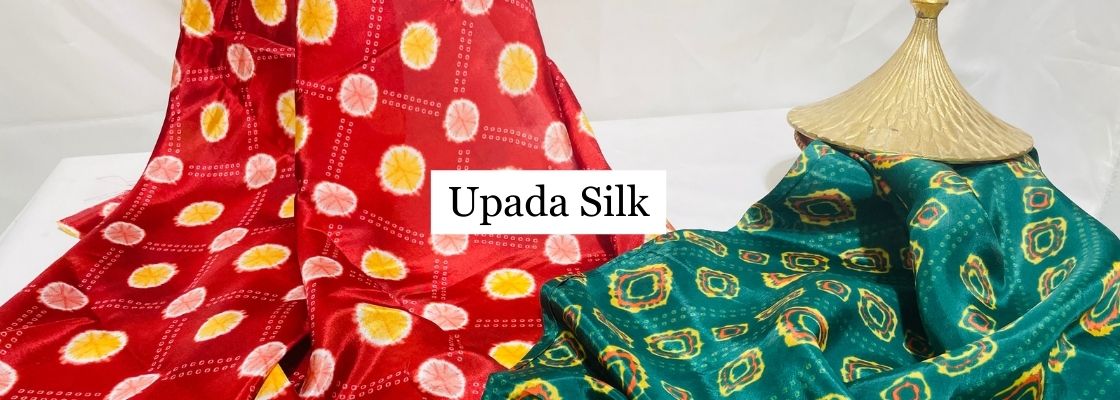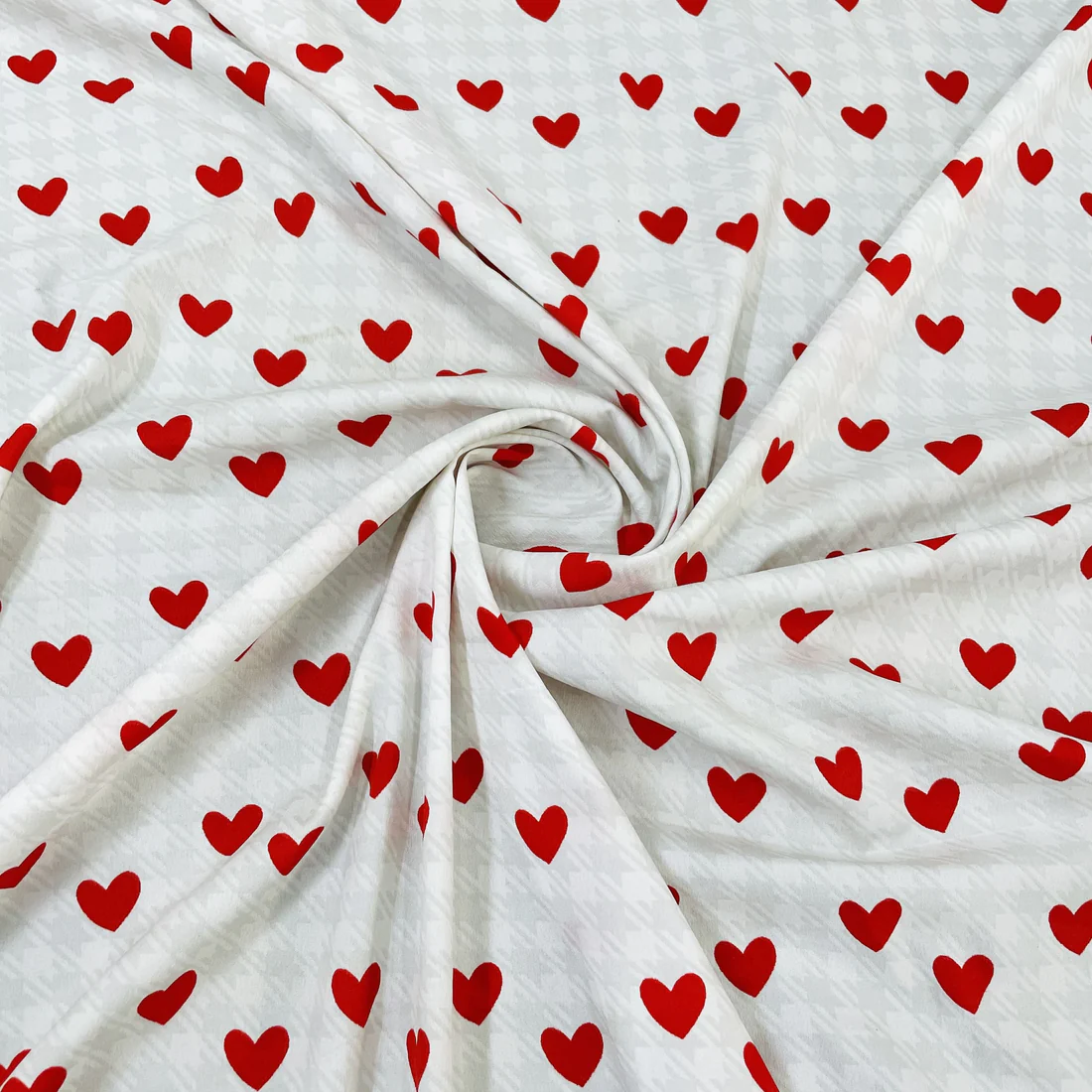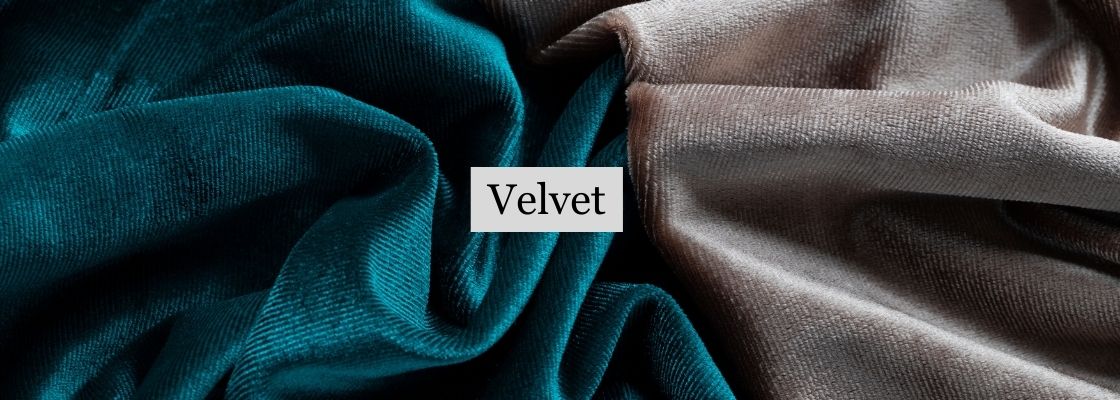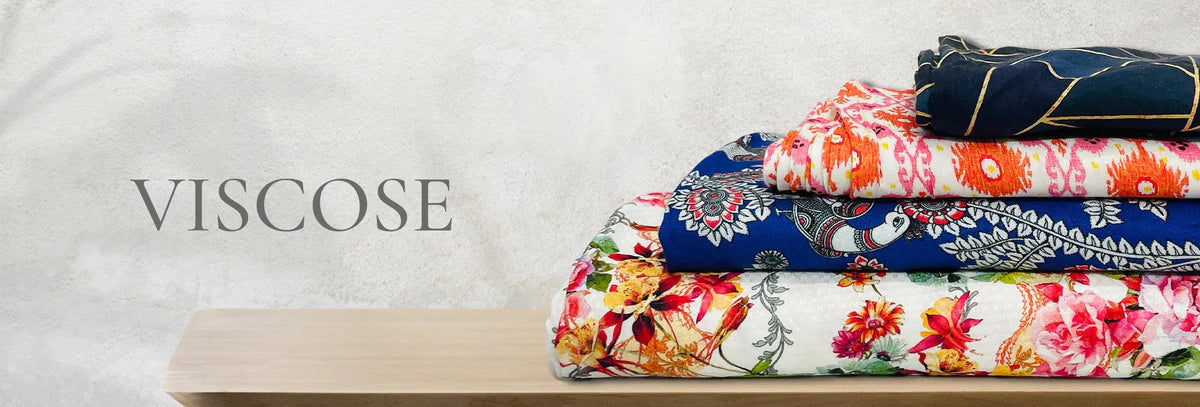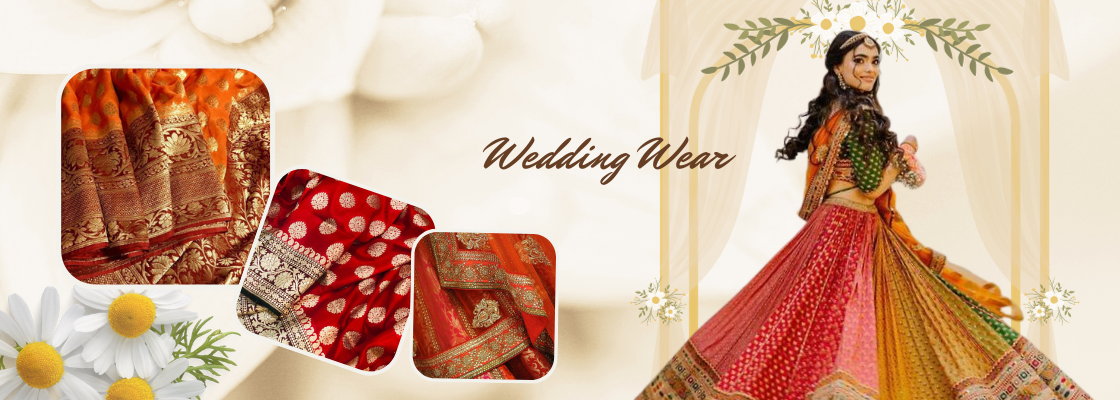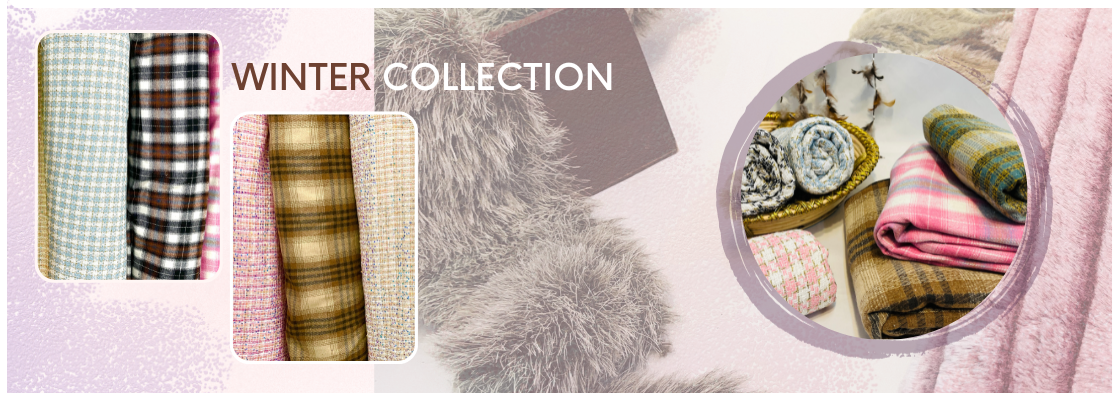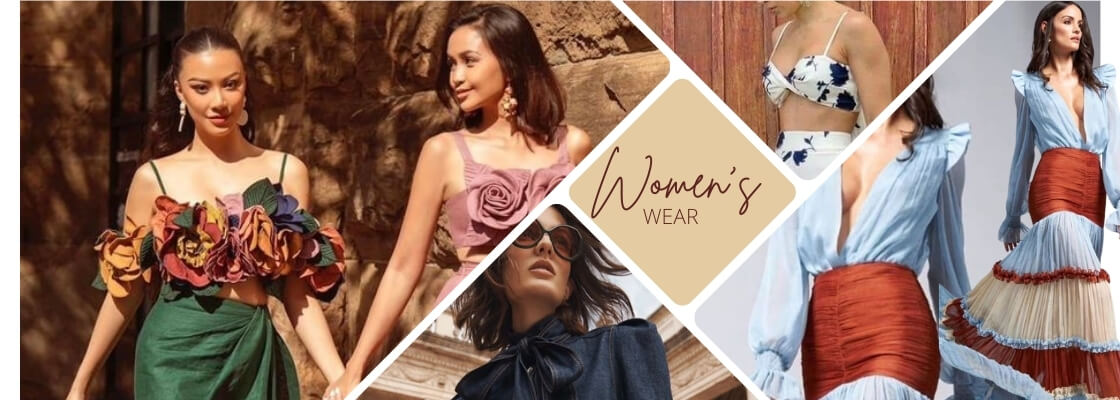Collections
-
![fabric store online]()
Abstract Print Fabric Online
Featuring Abstract print fabrics with captivating and unique designs, these fabrics are...
-
![fabric store online]()
Ajrakh Pattern Fabric Online
Ajrakh Pattern Fabric is a traditional Indian textile celebrated for its vibrant...
-
![fabric store online]()
Anarkali Fabric Online
Anarkali fabric is a luxurious and vibrant textile that epitomizes elegance. This...
-
![fabric store online]()
Animal Print Fabric Online
A holy grail for all the fashion and couture weeks around the...
-
![fabric store online]()
Armani Satin Fabric Online
Armani Satin Fabric is a stunning type of satin fabric that is...
-
![fabric store online]()
Bags Fabric Online
Shop from our exceptional bags fabric collection. From the durability of canvas to...
-
![fabric store online]()
Banana Crepe Fabric Online
Banana Crepe Fabric is a medium thickness polyester base fabric. Micro-crêpe fabrics...
-
![fabric store online]()
Bandhani Print Fabric Online
Bandhani print fabric is a traditional Indian fabric known for its vibrant patterns...
-
![fabric store online]()
Batik Fabric Online
Batik print fabric is a traditional textile art form originating from Indonesia....
-
![fabric store online]()
BCI Certified Fabrics
BCI certified fabrics refer to textiles produced under the Better Cotton Initiative...
-
![fabric store online]()
Bedsheets Fabric Online
Bedsheets are an essential part of any bedroom, and our online fabric...
-
Beige Shades Tone Fabric
Beige shades tone fabric encompasses a wide range of neutral colors that...
-
![fabric store online]()
Bemberg Silk
Bemberg silk is a luxurious and eco-friendly fabric renowned for its silky...
-
![fabric store online]()
Blazers Fabric Online
Blazers fabric refers to the textile used in the making of blazers, which...
-
![fabric store online]()
Blended Cotton Fabric Online
A mix of pure cotton fabric and other synthetic materials, the blended...
-
![fabric store online]()
Blouses Fabric Online
Blouse fabrics chosen for crafting the upper part of women's garments, known...
-
![fabric store online]()
Bridesmaid Wear Fabric Online
Dress your bridesmaids in style with our curated bridesmaid fabrics! Explore a...
-
![fabric store online]()
Brocade Fabric Online
This patterned, woven fabric has patterns woven into the fabric. Brocade has...
-
![fabric store online]()
Brocade Jacquard Fabric Online
Brocade Jacquard fabric is your canvas for crafting elegance! Perfect for luxurious...
-
![fabric store online]()
Brown Fabric Online
Step into comfort and style with our selection of brown fabrics. Crafted...
-
![fabric store online]()
Bulk Store
Our fabric store understands the needs of businesses and individuals who require...
-
Butter Crepe Fabric
Butter crepe fabric is a lightweight, flowing fabric known for its soft,...
-
![fabric store online]()
Buy Black Fabric Online
Discover our website's premium black colour fabrics, meticulously curated for your fashion...
-
![fabric store online]()
Buy Blue Fabric Online
Explore our website's exquisite blue color fabrics, curated for your fashion needs....
-
![fabric store online]()
Buy Green Fabric Online
Explore our website's lush green color fabrics, thoughtfully chosen to elevate your...
-
![fabric store online]()
Buy Red Fabric Online
Experience our website's exquisite red color fabrics, carefully curated to enhance your...
-
![fabric store online]()
Buy White Fabric Online
Explore our website's pristine white colour fabrics, carefully selected to enhance your...
-
![fabric store online]()
Buy Yellow Fabric Online
Explore our website's vibrant yellow fabric color collection, designed to elevate your...
-
![fabric store online]()
Cambric Fabric Online
Cambric is a lightweight, finely woven cotton fabric known for its smooth...
-
![fabric store online]()
Canvas Fabric Online
This plain weave, heavy-duty fabric is commonly used for its water resistance....
-
![fabric store online]()
Casement Fabric Online
Casement is made from lightweight cotton material with a plain weave, closely...
-
![fabric store online]()
Casual Shirts
Discover the finest men's casual shirts on our website, crafted from high-quality,...
-
![fabric store online]()
Casual Wear Fabric Online
Casual wear fabric, a blend of comfort and style, traces its evolution...
-
![fabric store online]()
Chambray Fabric Online
Chambray fabric is a lightweight, plain-woven textile that shares similarities with denim....
-
![fabric store online]()
Chanderi Fabric Online
Chanderi is known for its lightweight and sheer texture, making it a...
-
![fabric store online]()
Check Pattern Fabric Online
Experience the timeless charm of check patterns with our exquisite collection of...
-
![fabric store online]()
Chevron Pattern Fabric Online
Chevron is a zigzag pattern that is very common for home furnishings...
-
![fabric store online]()
Chiffon Fabric Online
Chiffon is a transparent, sheer, and luminous fabric that drapes effortlessly. The...
-
![fabric store online]()
Chiffon Solid Fabric Online
Chiffon solid fabric is a popular and versatile textile known for its...
-
![fabric store online]()
Chikankari Work Fabric Online
Chikankari, an artistry that breathes life into fabric. Originating from the heart...
-
![fabric store online]()
Chinnon Chiffon Fabric Online
Chinnon chiffon fabric is an exquisite textile known for its lightness, sheerness,...
-
![fabric store online]()
Chinnon Fabric Online
Chinon fabric is a lightweight and sheer fabric that is known for...
-
![fabric store online]()
Coats Fabric Online
Coats fabric is a specialized material designed for creating durable and stylish...
-
![fabric store online]()
Cotton Dobby Fabric Online
Cotton dobby is a versatile and textured fabric characterized by its small...
-
![fabric store online]()
Cotton Dupion Fabric Online
Cotton Dupion is a distinctive fabric that combines the natural charm of...
-
![fabric store online]()
Cotton Embroidery Fabric Collection
Cotton Embroidery fabric that has been beautifully adorned with a variety of...
-
![fabric store online]()
Cotton Fabric Online
Cotton, the king of fabrics is soft, durable, and breathable. Being the...
-
![fabric store online]()
Cotton Jacquard Fabric Online
Cotton Jacquard fabric is a versatile textile known for its intricate woven...
-
![fabric store online]()
Cotton Linen Fabric
Cotton Linen Fabric offers the perfect blend of comfort and elegance. This...
-
![fabric store online]()
Cotton Lining Fabric Online
Cotton lining fabric is a versatile and breathable material composed of 100%...
-
![fabric store online]()
Cotton Poplin Fabric Online
Poplin fabric is a plain weave cotton fabric with very fine horizontal...
-
![fabric store online]()
Cotton Satin Fabric Online
Cotton satin fabric is a luxurious fabric renowned for its smooth and...
-
![fabric store online]()
Cotton Slub Fabric Online
Cotton slub fabric is a unique textile appreciated for its natural, textured...
-
![fabric store online]()
Crepe Fabric Online
Crepe Fabric is often identified by its distinctive wrinkled and bumpy appearance....
-
![fabric store online]()
Crochet Fabric Online
Crochet fabric is a true embodiment of artistry and craftsmanship. Handwoven with...
-
![fabric store online]()
Curtains Fabric Online
Curtain fabrics are used for creating window treatments that add style and...
-
![fabric store online]()
Cushion Fabric Online
Cushion fabric is a textile designed specifically for creating comfortable and stylish...
-
![fabric store online]()
Custom Digital Print Fabric Online
Custom digital fabric printing empowers fashion enthusiasts to bring their designs to...
-
![fabric store online]()
Denim Fabric Online
Denim fabric is long-lasting and retains shape. It has moisture-wicking and heat...
-
![fabric store online]()
Digital Print Fabric Online
Experience the beauty of digital print fabrics with our exquisite collection. These...
-
![fabric store online]()
Dola Silk Fabric Online
Dola Silk is known for its softness, durability, and intricate patterns. It...
-
![fabric store online]()
Dress Material
Dress material fabrics play a pivotal role in defining the elegance and...
-
![fabric store online]()
Drill Fabric Online
Drill fabric is a sturdy and durable textile recognized for its diagonal...
-
![fabric store online]()
Dupatta Fabric Online
One-piece garments known as "dupattas," "chunaris," or "odhnis," they are an essential...
-
![fabric store online]()
Dupion Silk Fabric
Dupion Silk fabric is a lustrous and sumptuous textile cherished for its...
-
![fabric store online]()
Dyeable Fabric Online
The dyeable fabrics can be dyed into an array of colors from...
-
![fabric store online]()
Embroidery Fabric Online
When it comes to embroidered fabrics, the choices are endless. Done by...
-
![fabric store online]()
Faux Leather Fabric Online
Faux leather fabric is a synthetic alternative to genuine leather, having range of...
-
![fabric store online]()
Floral Pattern Fabric Online
Floral print fabric is a vibrant and versatile textile adorned with blossoming...
-
![fabric store online]()
Foil Print Fabric Online
Foil Print Fabric is a captivating and versatile material that adds a...
-
![fabric store online]()
Formal Shirts Fabric
Discover a wide selection of premium formal shirt fabrics available on our...
-
![fabric store online]()
Fur Fabric Online
Popularly used as an imitation fabric, the fur knitted fabric can be...
-
Gaji Silk Fabric
Gaji silk fabric, also known as Mashru silk, is a distinctive fabric...
-
![fabric store online]()
Geometrical Prints Fabric Online
Geometrical prints in fabrics can add a stylish and eye-catching element to...
-
![fabric store online]()
Georgette Embroidery Fabric Online
Experience elegance with our Georgette Embroidery Fabric, a perfect blend of sophistication...
-
![fabric store online]()
Georgette Fabric Online
Georgette fabric is a breathable, easy-breezy, and durable fabric that is suitable...
-
![fabric store online]()
Georgette Satin Fabric Online
Georgette satin fabric is smooth and shiny fabric and every fashion designer's...
-
Gown Fabric
The perfect fabric can elevate a gown from ordinary to extraordinary. The...
-
![fabric store online]()
Grey Fabric Online
Experience the understated elegance of our grey fabrics. Grey fabric is a...
-
hakoba Fabric
Hakoba Fabric is a type of fabric renowned for its delicate and...
-
![fabric store online]()
Handblock Print Fabric Online
Handblock printing is a time-honored textile artistry method where intricate designs are...
-
![fabric store online]()
Handmade Tapestry Fabric Online
One of the oldest forms of woven textile, a tapestry is a...
-
![fabric store online]()
Ikkat Pattern Fabric Online
You can’t think about Indo-Western and Boho clothing without including Ikkat fabric...
-
![fabric store online]()
Indigo Print Fabric Online
Indigo print fabric embodies the beauty and charm of traditional craftsmanship. With...
-
![fabric store online]()
Indo-Western Dress Fabric Online
Imagine a fabric that's like a stylish cultural mixtape, blending the charm...
-
![fabric store online]()
Jacket Fabric Online
Explore our collection of premium jacket fabrics, meticulously curated to craft stylish...
-
![fabric store online]()
Jacquard Fabric Online
Jacquard Fabric is a textured fabric made by weaving complex patterns. The...
-
![fabric store online]()
Japan Satin Fabric Online
Experience the allure of Japan Satin fabric, known for its luxurious qualities....
-
![fabric store online]()
Kaftan Readymade Online
The kaftan is a loose, belted tunic which has its origins in...
-
![fabric store online]()
Kalamkari Pattern
Kalamkari pattern entwines intricate hand-painted or block-printed designs on fabric, transcending time...
-
Kantha fabric
Kantha is a fabric that shows a rich history and culture and...
-
![fabric store online]()
Khadi Fabric Online
Khadi fabric, originating from India, is a hand-spun and hand-woven textile known...
-
![fabric store online]()
Kids Print Fabric Online
Kids Print Fabric is the perfect choice for creating adorable and vibrant...
-
![fabric store online]()
Knitted Fabric Online
Designed to provide warmth and stretch, knit fabrics offer both comfort and...
-
![fabric store online]()
Kota Cotton Fabric Online
Kota Cotton is notable for having an airy, breezy quality that makes...
-
![fabric store online]()
Kota Doria Fabric
Kota Doria Fabric is the most chosen fabric by the women of...
-
![fabric store online]()
Kurti Fabric Online
Kurti is a popular and versatile garment worn by women. Kurti fabric...
-
![fabric store online]()
Laces Fabric Online
Lace Fabric is the epitome of grace and sophistication, adding a touch...
-
![fabric store online]()
Lawn Cotton Fabric Online
Lawn Cloth is a plain weave fabric, originally made of linen but...
-
![fabric store online]()
Lehariya Print Fabric Online
One of the most vibrant and effervescent patterns, the lehariya print is...
-
![fabric store online]()
Linen Fabric Online
Linen Fabric is a flax-based textile that is predominantly used for homeware...
-
![fabric store online]()
Linen Organza Fabric Collection
Lightweight and semi-sheer, linen organza fabric combines the crisp, clean texture of...
-
![fabric store online]()
Lohri Fabric Online
Celebrate Lohri in style with our festive fabrics at tradeuno! Ignite the...
-
![fabric store online]()
Lurex Fabric Online
Lurex fabric is a shimmering textile that contains metallic threads, adding a...
-
![fabric store online]()
Lycra Fabric Online
This exceptionally elastic and super durable fabric is popular in clothing and...
-
![fabric store online]()
Lycra Lining Fabric Online
Lycra lining fabric is a versatile textile renowned for its elasticity and...
-
![fabric store online]()
Madhubani Print Fabrics
Madhubani Print Fabrics is an elite art form that involves printing expressions...
-
![fabric store online]()
Magenta Fabric Online
Experience the magic of magenta fabric at our store, where vibrant colours...
-
![fabric store online]()
Marble Print Fabric Online
Marble Print Fabric is a stunning choice for adding a touch of...
-
![fabric store online]()
Marble Print Satin Fabric Online
Marble print satin fabric is a luxurious fabric known for its unique fusion...
-
![fabric store online]()
Maroon Coloured Fabric
Our carefully curated selection of maroon fabric blends luxurious depth with a...
-
![fabric store online]()
Mashru Silk fabric
India is the source of the distinctive and traditional Mashru Silk fabric,...
-
![fabric store online]()
Matka Silk Fabric
Matka Silk Fabric is a unique kind of fabric that is hard...
-
![fabric store online]()
Matty Fabric Online
Matty fabric refers to a textured woven known for its distinctive surface,...
-
![fabric store online]()
Mehandi / Haldi Collection
Looking for stunning Mehandi and Haldi function fabrics? We've got you covered!...
-
![fabric store online]()
Men's Kurta Collection
Men's kurtas come in a diverse range of fabrics, offering comfort and...
-
![fabric store online]()
Men's Wear Fabric Collection
The fabric used to make men's clothing range from airy and light...
-
![fabric store online]()
Men's wear Shirt Collection
There is a vast variety that comes in men's fashion like casual...
-
![fabric store online]()
Mens Wear Collection
A men's wear collection comprises a curated selection of clothing and accessories...
-
![fabric store online]()
Mirror Work Fabric Online
Mirror work is the perfect choice for the festive season. It adds...
-
![fabric store online]()
Modal Fabric Online
Modal is an extremely hard-wearing, resilient fabric known to retain its shape...
-
![fabric store online]()
Moss Crepe Fabric Online
Moss Crepe is produced using rayon yarns in a plain or dobby...
-
![fabric store online]()
Mughal Fabrics
Mughal fabrics are a testament to the refined tastes of the historical...
-
![fabric store online]()
Mulmul Fabric Online
Mulmul Fabric is so light and sensitive that it is frequently referred...
-
![fabric store online]()
Muslin Fabric Online
Muslin fabric is a type of cotton fabric that is known for...
-
![fabric store online]()
Nehru Jackets Fabric Online
Men's Nehru jackets are often crafted from a variety of fabrics to...
-
![fabric store online]()
Net Embroidery Fabrics Online
Net embroidery is a decorative technique that involves embellishing delicate net or...
-
![fabric store online]()
Net Fabric Online
Net fabric is a lightweight textile featuring an open, grid-like structure with...
-
![fabric store online]()
New Arrivals
Exciting news – we've just dropped some fabulous new fabrics at TradeUno!...
-
![fabric store online]()
Ombre Fabric
Ombre fabric is a visually striking textile characterized by a smooth and...
-
![fabric store online]()
Orange Fabric Online
Orange is not just a color; it's a statement of warmth, creativity,...
-
![fabric store online]()
Organza Fabric Online
Organza Fabric is a fashion industry favourite and it is popularly used...
-
![fabric store online]()
Organza Solid Fabric Online
Organza solid fabric is a sheer and elegant textile, prized for its...
-
![fabric store online]()
Outdoor Fabrics
Acrylic fabric is a synthetic fiber known for its softness, durability, and...
-
![fabric store online]()
Paisley Print Fabric Online
This fabric features exquisite paisley motifs that add a touch of elegance...
-
![fabric store online]()
Pant Suits Fabric Online
Pant suits are a classic and sophisticated ensemble that never goes out...
-
![fabric store online]()
PASHMINA FABRIC
Pashmina is a luxurious, ultra-soft fabric made from fine cashmere wool, primarily...
-
![fabric store online]()
Patola Print Fabric Online
Patola print fabric is a traditional Indian textile known for its intricate...
-
![fabric store online]()
Pattern Pleated Fabric Online
Pattern pleated fabric is a uniquely textured textile characterized by its intricate...
-
![fabric store online]()
Peacock Green Colour Fabric
Unfurl your creativity with our stunning peacock green fabric! This vibrant shade...
-
![fabric store online]()
Pleated Satin Fabric Online
Pleated satin is a luxurious fabric that combines the smoothness of satin...
-
![fabric store online]()
Polka Dots Print Fabric Online
Polka Dot Fabric is a timeless and playful material that brings a...
-
![fabric store online]()
Poly Satin Fabric Online
Poly satin fabric is a lustrous and smooth textile known for its...
-
![fabric store online]()
Polyester Cotton Fabric Online
Polyester cotton fabric is a blend of polyester and cotton fibres, combining...
-
![fabric store online]()
Polyester Viscose Fabric Online
Polyester viscose fabric is a versatile textile blend that combines the properties...
-
![fabric store online]()
Printed Georgette Fabric Online
Printed georgette is a lightweight, semi-sheer fabric adorned with vibrant and intricate...
-
![fabric store online]()
Prints and Patterns Fabric Online
Prints and patterned fabric offer a delightful tapestry of design possibilities. These...
-
![fabric store online]()
Purple Colour Fabric
Immerse yourself in the luxurious world of purple fabric, renowned for its...
-
![fabric store online]()
Rajasthan Print Fabric Online
Rajasthani special fabric, renowned globally, embodies the state's vibrant culture and rich...
-
![fabric store online]()
Raw Silk Fabric Online
Raw Silk fabric is known for its natural texture and lustrous sheen....
-
![fabric store online]()
Rayon Fabric Online
Rayon Fabric is a natural fabric with an unmatched combination of softness,...
-
![fabric store online]()
Resort Wear Collection
Dive into TradeUNO's exquisite selection! Our resort wear fabrics blend elegance with...
-
![fabric store online]()
Rexine Fabric Online
Rexine is made by applying a coating of PVC on the cotton...
-
![fabric store online]()
Royal Satin Fabric Online
Royal Satin is a luxurious fabric known for its softness, fluid drape,...
-
![fabric store online]()
Russian Silk Fabric Online
This super smooth and crisp fabric can be used for home furnishings...
-
![fabric store online]()
Santoon Fabric Online
Santoon fabric is made from polyester fibres. Known for its excellent elasticity,...
-
![fabric store online]()
Satin Fabric Online
Satin fabric comes with a beautiful, lustrous surface, which is soft to...
-
![fabric store online]()
Satin Imported Fabric Online
Experience the ultimate in luxury and opulence with our Satin Imported Fabric....
-
![fabric store online]()
Satin Organza Fabric Online
Satin organza is a luxurious fabric that combines the best of both...
-
![fabric store online]()
Satin Solid Fabric Online
Satin solid fabric is a luxurious textile characterized by its smooth, glossy...
-
![fabric store online]()
Schiffli Fabric Online
Schiffli fabric is a remarkable textile known for its intricate and exquisite...
-
Screen printing fabric
Screen printing fabric is a popular technique for transferring designs onto fabric....
-
![fabric store online]()
Sequins Fabric Online
Sequins fabric is a dazzling textile that radiates glamour and luxury. Comprising...
-
![fabric store online]()
Shantoon Fabric Online
The shantoon fabric is a type of silk fabric that is popularly...
-
Sheer fabric
Sheer fabric is known for its delicacy and translucent quality. It allows...
-
![fabric store online]()
Sheeting Fabric Online
This durable, machine-washable, and dryable fabric can be used for bed sheets,...
-
![fabric store online]()
Shibori Fabric Online
Shibori fabric is a captivating textile known for its unique and intricate...
-
Shimmer Fabric
Shimmer fabric is a type of textile that reflects light, creating a...
-
![fabric store online]()
Shirting Fabric Online
A perfect, well-fitted button-down shirt can be made by using solid cotton...
-
![fabric store online]()
Silk Crepe Fabric Online
Silk crepe fabric is luxuriously renowned for its elegant appearance and distinctive...
-
![fabric store online]()
Silk Fabric Online
From pre-vedic times, the silk fabric has a special place in the...
-
![fabric store online]()
Skirts Fabric Online
Our skirt fabric collection offers a diverse range of materials, from lightweight...
-
![fabric store online]()
Solid Pattern Fabric Online
Indulge in the beauty of simplicity with our exquisite Solid Pattern Fabric...
-
![fabric store online]()
South Cotton Fabric Online
South cotton sarees have been a classic Indian wear piece for years...
-
![fabric store online]()
Special @ Rs. 199/- Fabric Online
This collection contains fabrics that are of fine quality and super affordable....
-
![fabric store online]()
Stripes Pattern Fabric Online
Stripes are an all-year-round prints that are super versatile too. The cotton...
-
![fabric store online]()
Suede Fabric Online
Suede Fabric is a type of leather derived from animal skin which...
-
![fabric store online]()
Suiting Fabric Online
Suited for every season and occasion, suiting fabrics come in various materials,...
-
![fabric store online]()
Summer Season Fabric Online
Explore a vibrant collection of summer season fabrics ideal for creating breezy...
-
![fabric store online]()
Sustainable Fabric Online
Sustainable fabrics, like organic and recycled materials, prioritise eco-friendly production, reducing environmental...
-
![fabric store online]()
Taffeta Fabric Online
This smooth and crisp fabric has a lustrous shine. The fabric is...
-
![fabric store online]()
Tie & Dye Print Fabric Online
Tie & Dye is a very famous dyeing pattern that is back...
-
![fabric store online]()
Tissue Fabric Online
Tissue fabric is a lightweight and sheer textile renowned for its delicate...
-
![fabric store online]()
Traditional Prints Fabric Online
Traditional fabrics like Ajrakh, Ikat, Pichwai, Kantha, Patola, Spiritual and Traditional fabrics not...
-
![fabric store online]()
Trousers Fabric Online
Trousers are like the silent hero in our closets, making sure we...
-
![fabric store online]()
Tussar Silk Fabric Online
The Tussar Silk is a textured form of the silk fabric made...
-
![fabric store online]()
Tweed Fabric Online
As a woven fabric made of wool, the tweed suiting fabric is...
-
![fabric store online]()
Twill Fabric Online
Made from a blend of premium fibers, Twill fabric is strong and...
-
![fabric store online]()
Upada Fabric Online
Made from a Jamdani weaving technique, the upada fabric comes in different...
-
![fabric store online]()
Valentine's Fabric Online
Love is in the air, and so is style! Unveiling our Valentine's...
-
![fabric store online]()
Velvet Fabric Online
Velvet Fabric is the epitome of luxury and lavishness. The fabric is...
-
![fabric store online]()
Viscose Fabric Online
One of the most commonly used fabrics, especially for summers and daily...
-
![fabric store online]()
Viscose Voile Fabric Online
Viscose voile fabric is a lightweight and breathable material known for its...
-
![fabric store online]()
Voile Fabric Online
This soft and sheer fabric made of cotton or cotton blend is...
-
![fabric store online]()
Wedding Wear Fabric Online
Make your special day truly unforgettable with our stunning collection of wedding...
-
Wine Color Fabric
Wine color fabric is a deep, luxurious hue with elegance. It's a...
-
![fabric store online]()
Winter Fabric Online
As winter descends, immerse yourself in the transformative allure of sophisticated fabrics....
-
![fabric store online]()
Work Wear Fabric Online
Get ready to conquer the workday with our stylish and comfortable Work...
-
![fabric store online]()
Yarn Dyed Fabric Online
Yarn-dyed fabrics are made by dyeing spools of yarn before weaving them...
-
Zari Fabric
Zari fabric is renowned for its luxurious and opulent appearance. It's crafted...
-
![fabric store online]()
Zodiac Satin Fabric Online
Zodiac Satin a luxurious fabric that embodies elegance and celestial beauty. Crafted...
 Call Us
Call Us